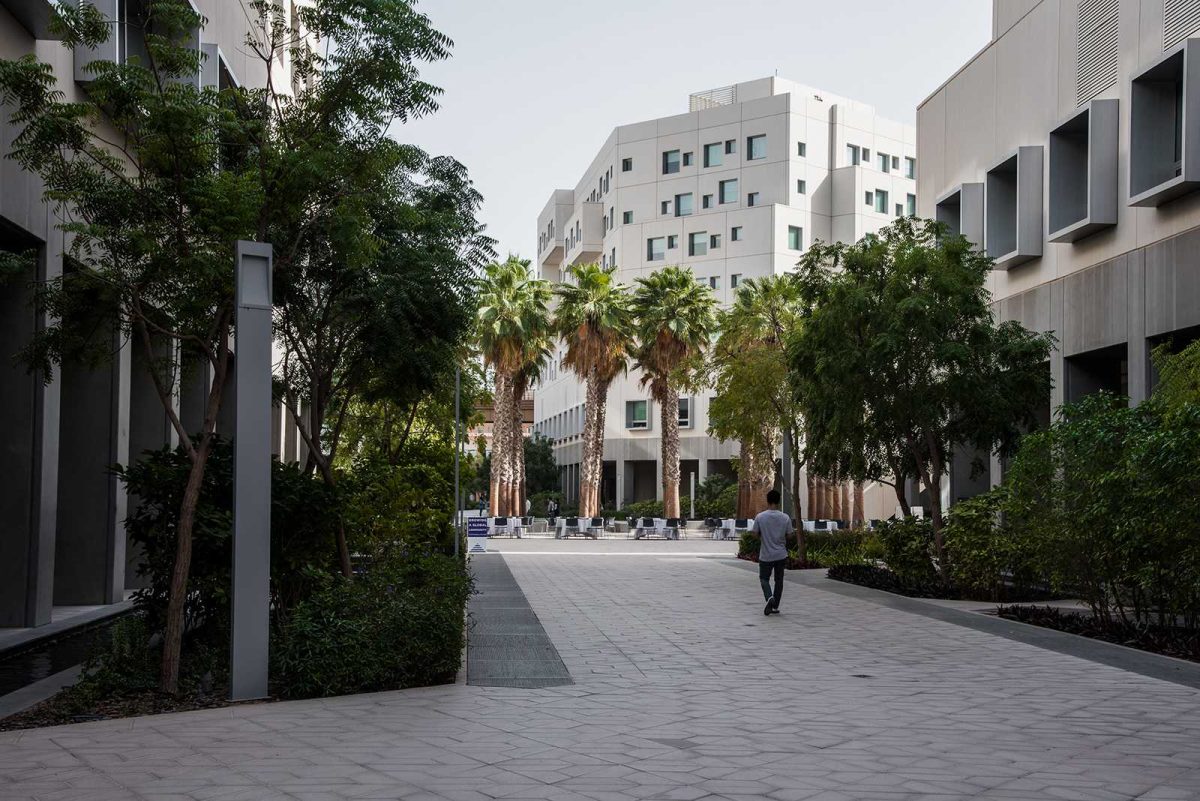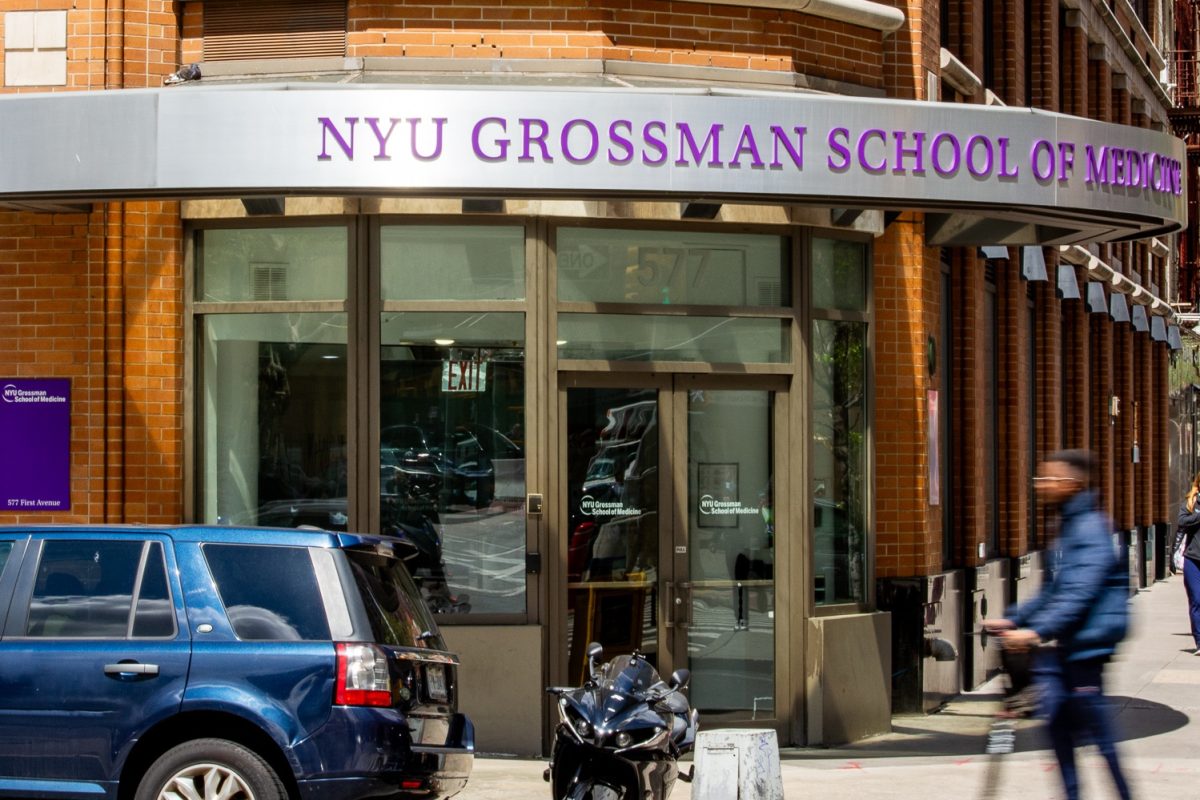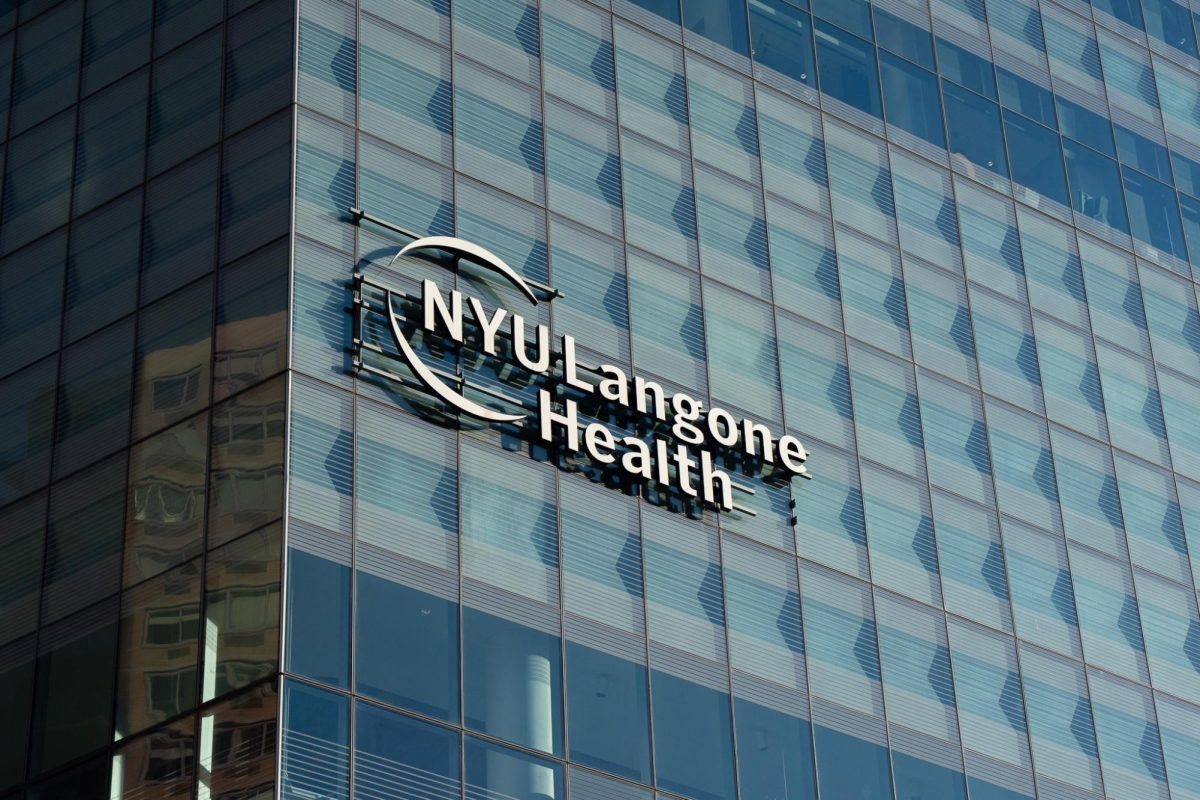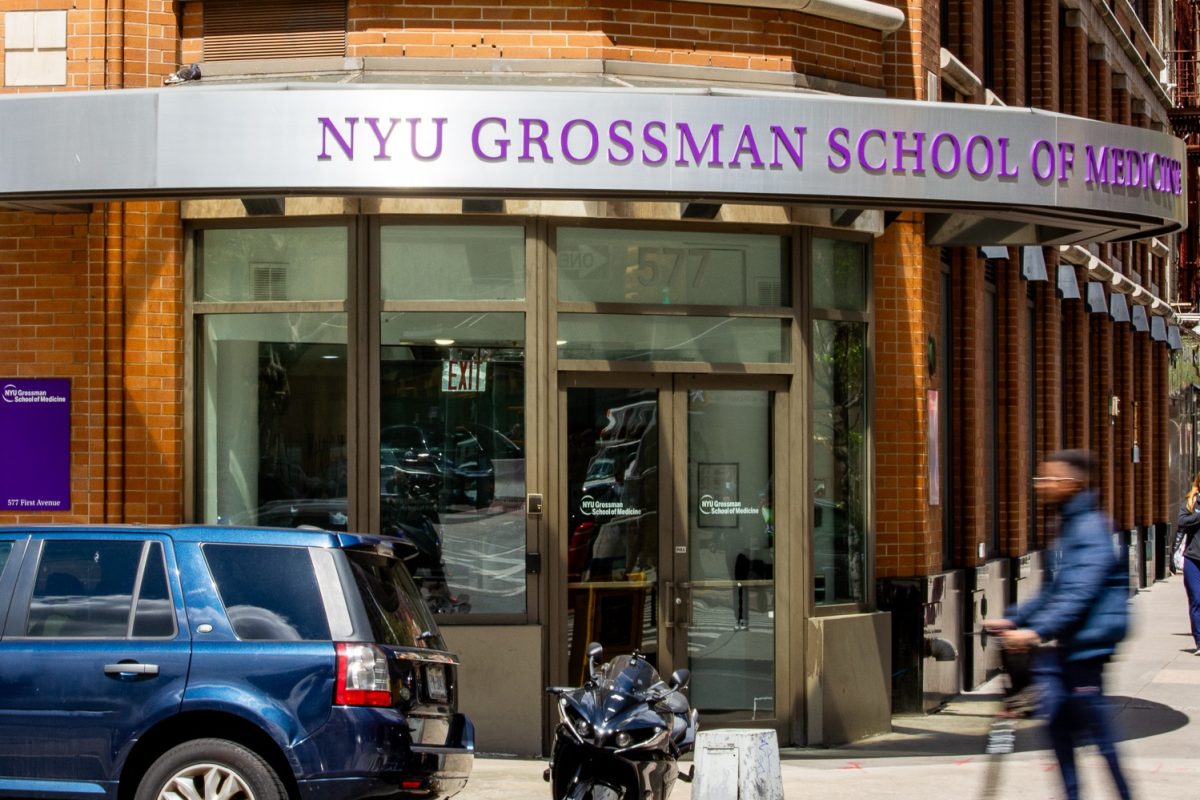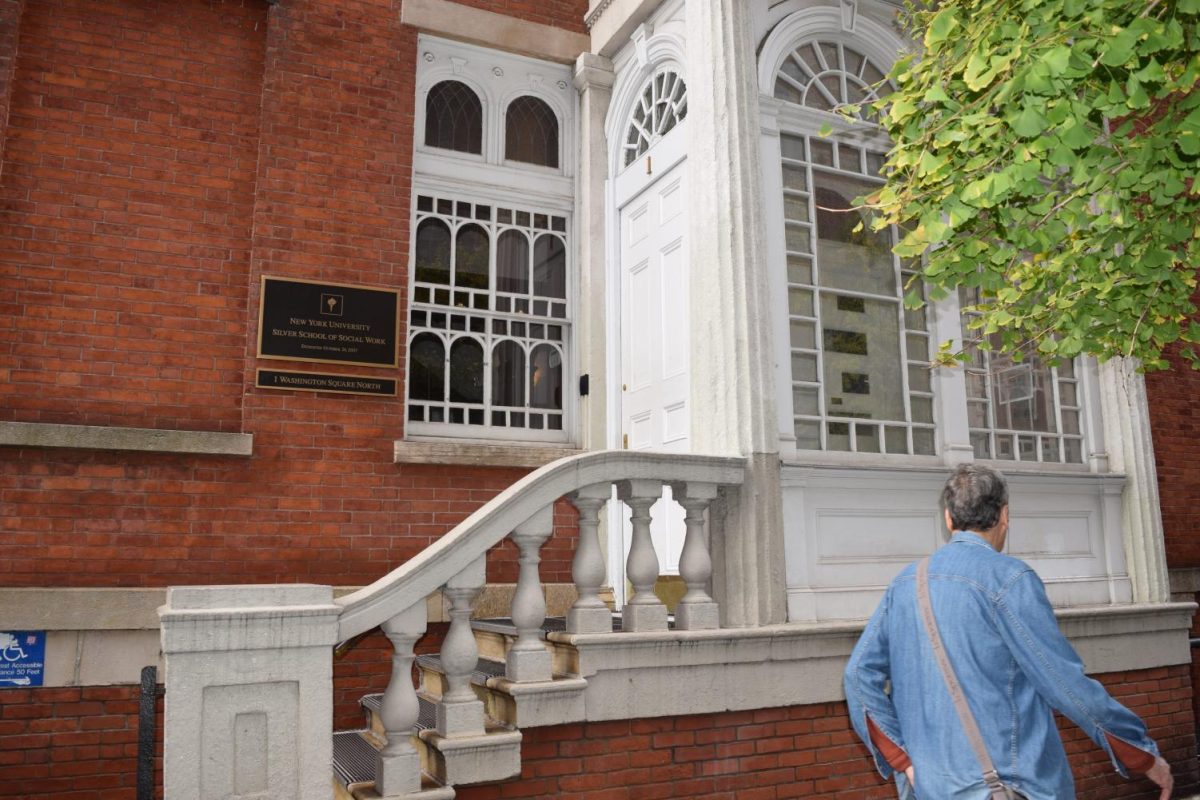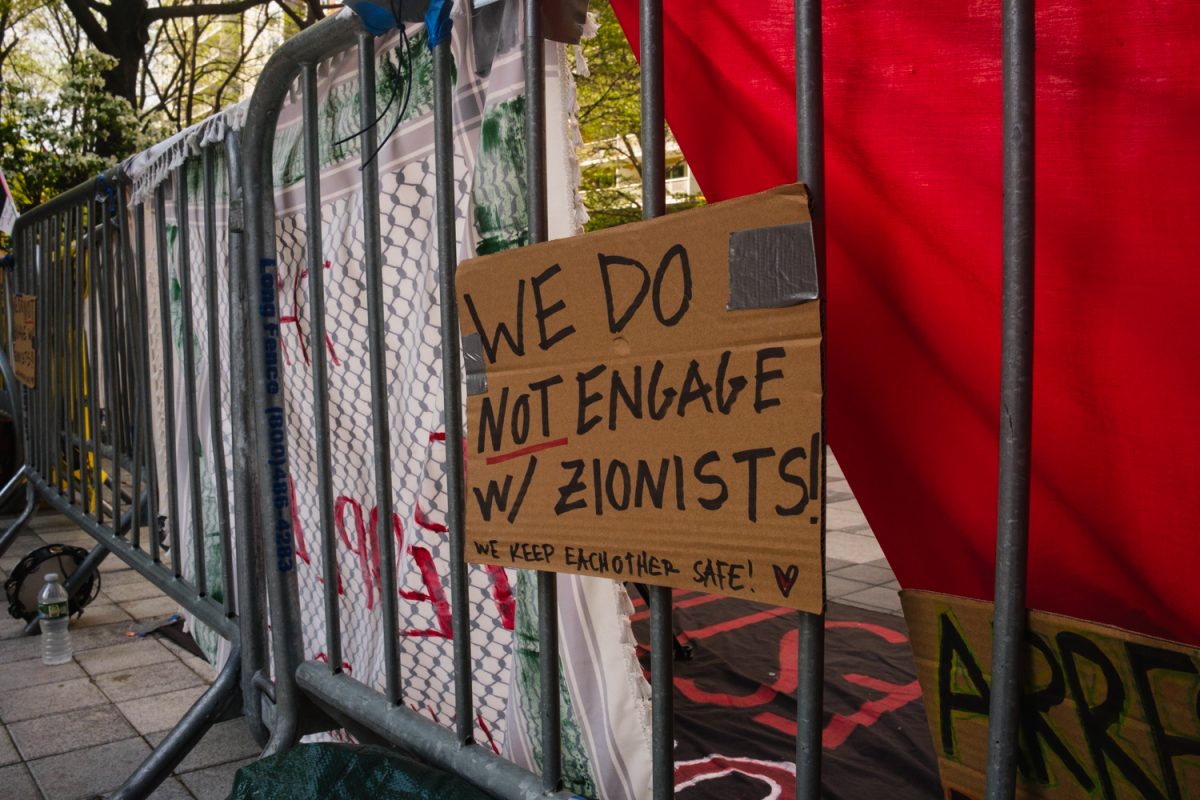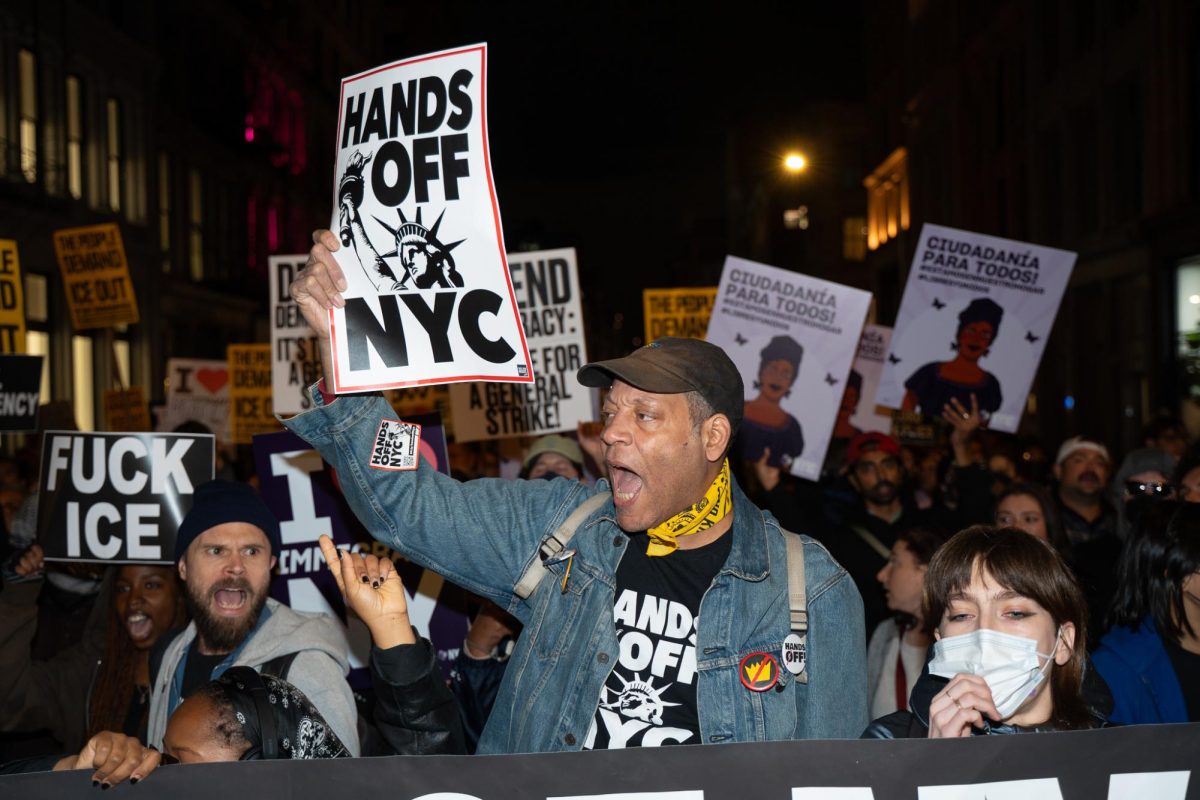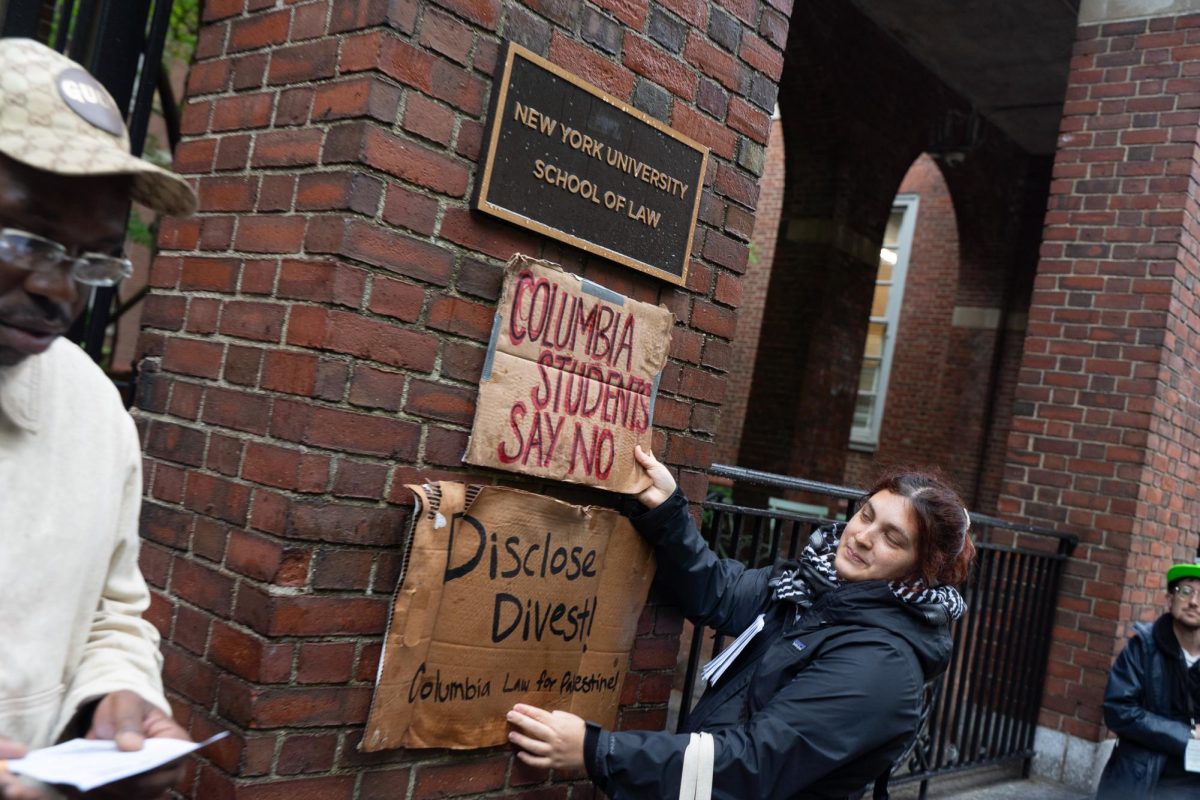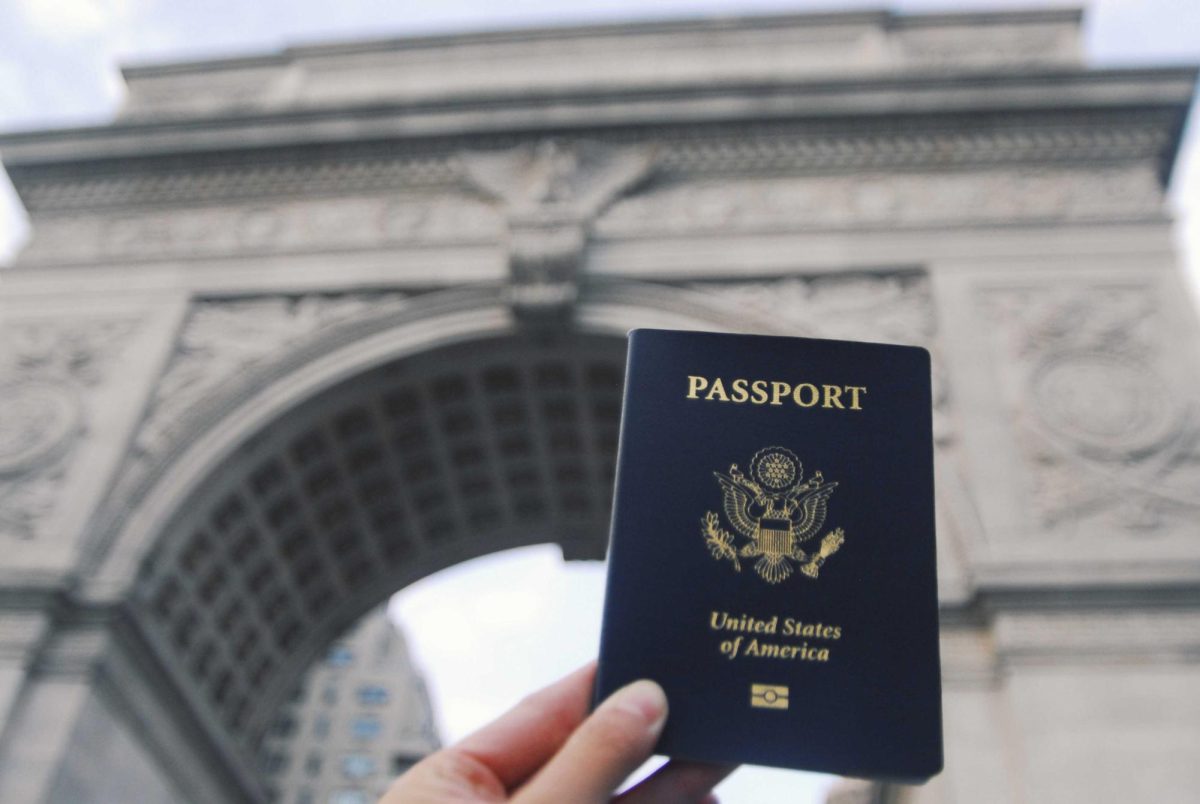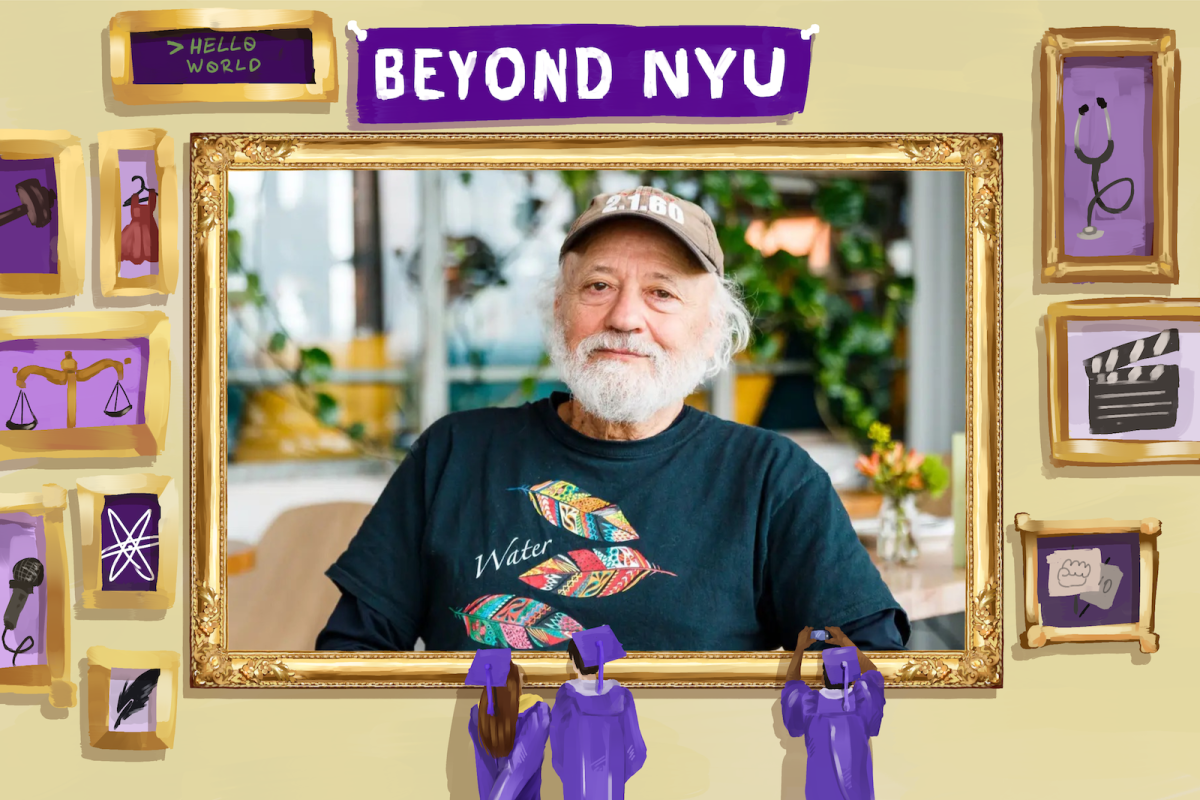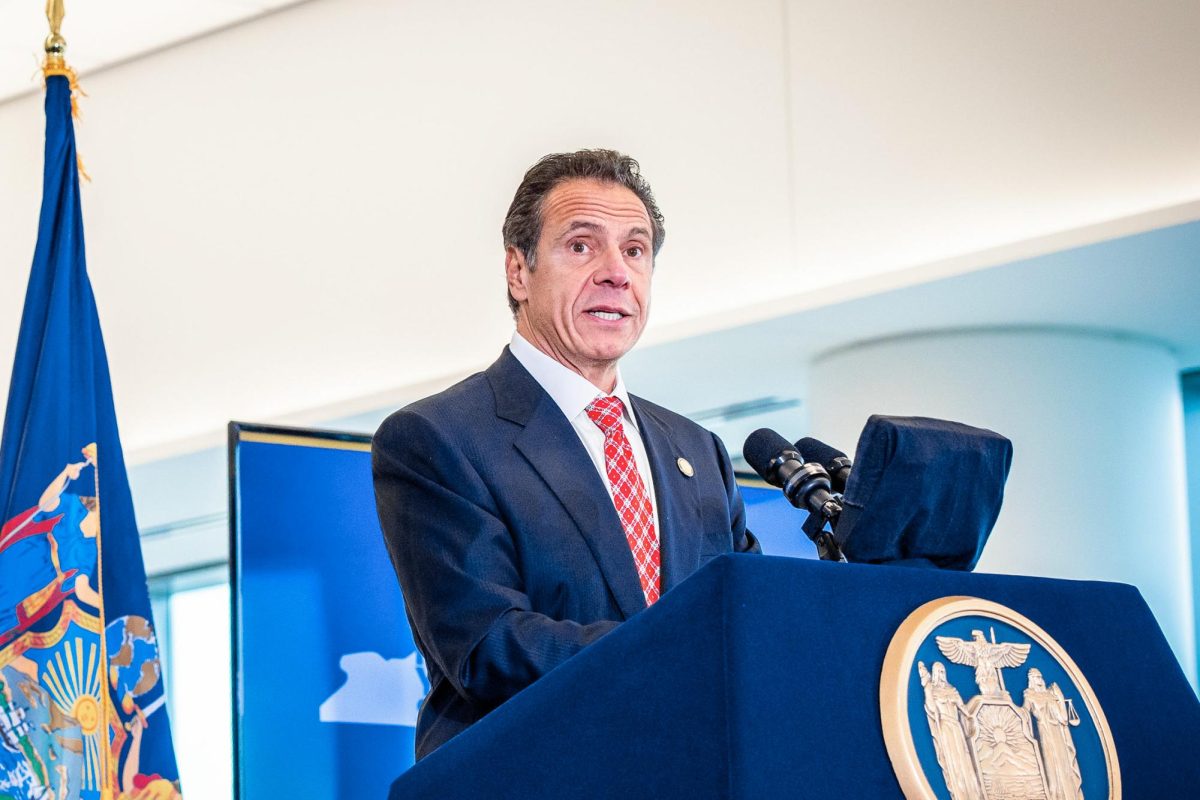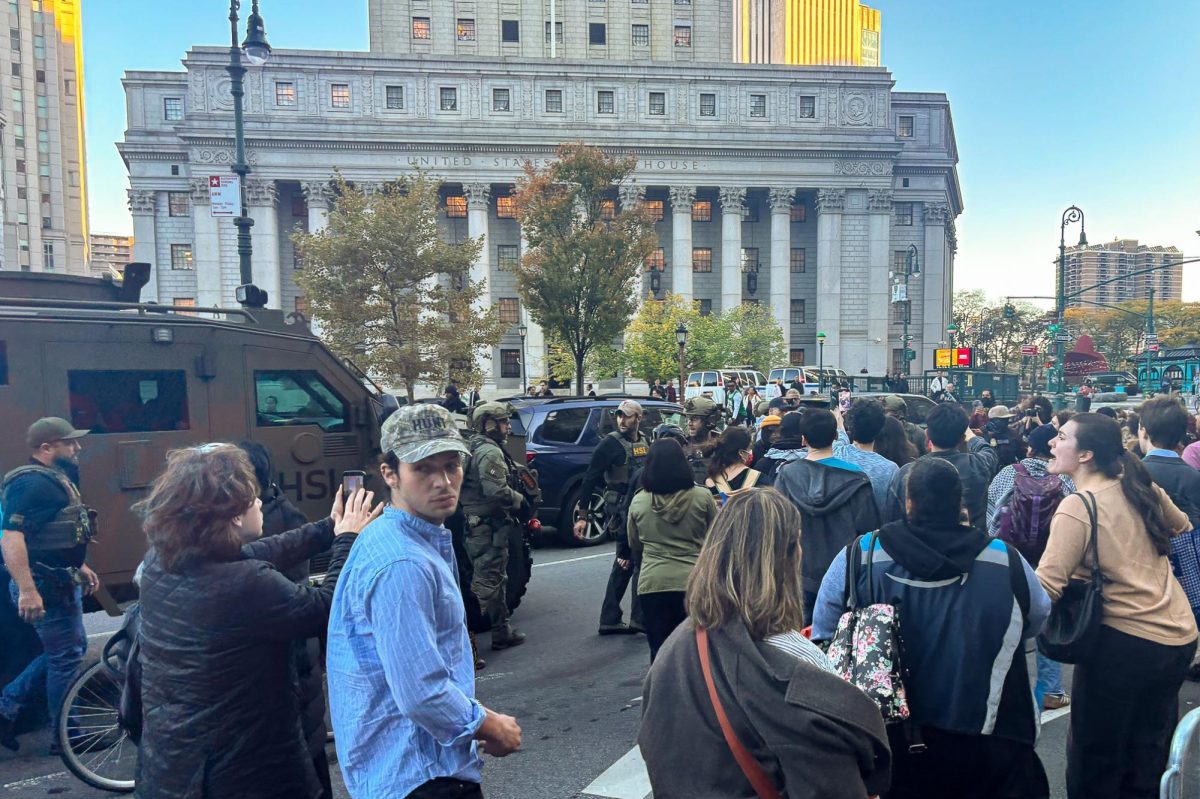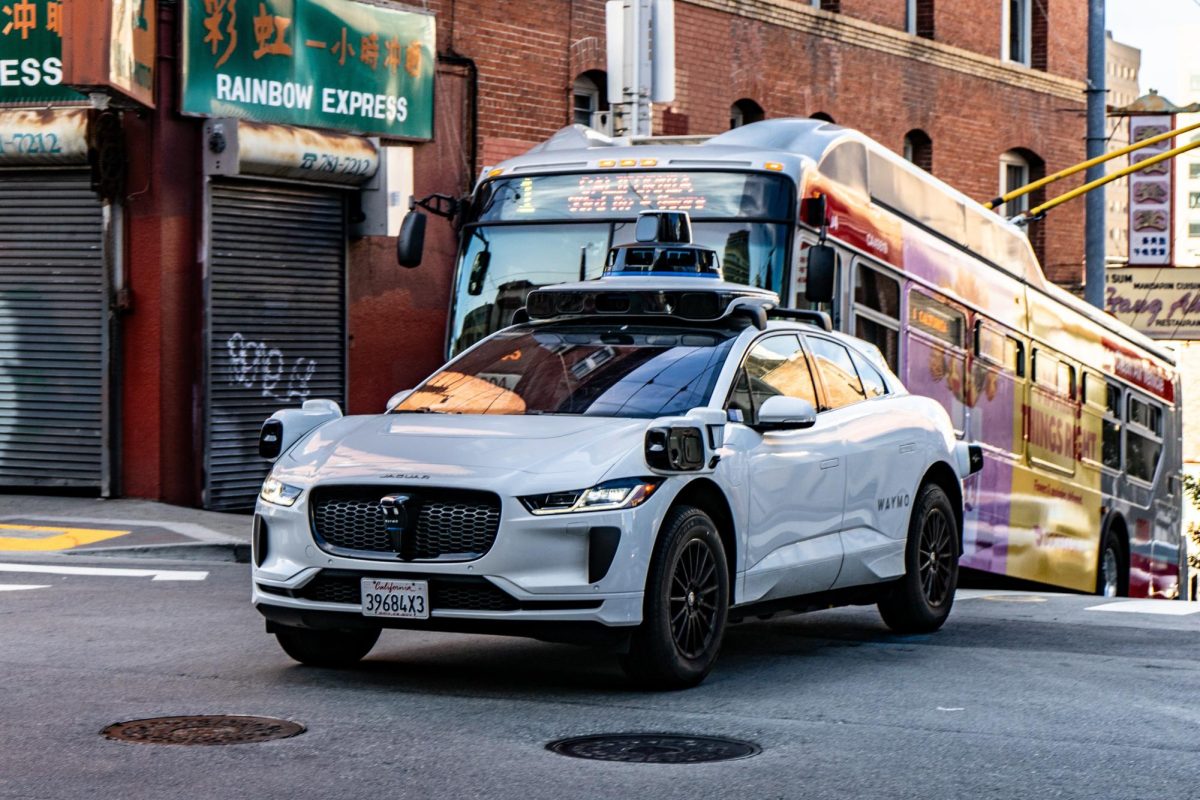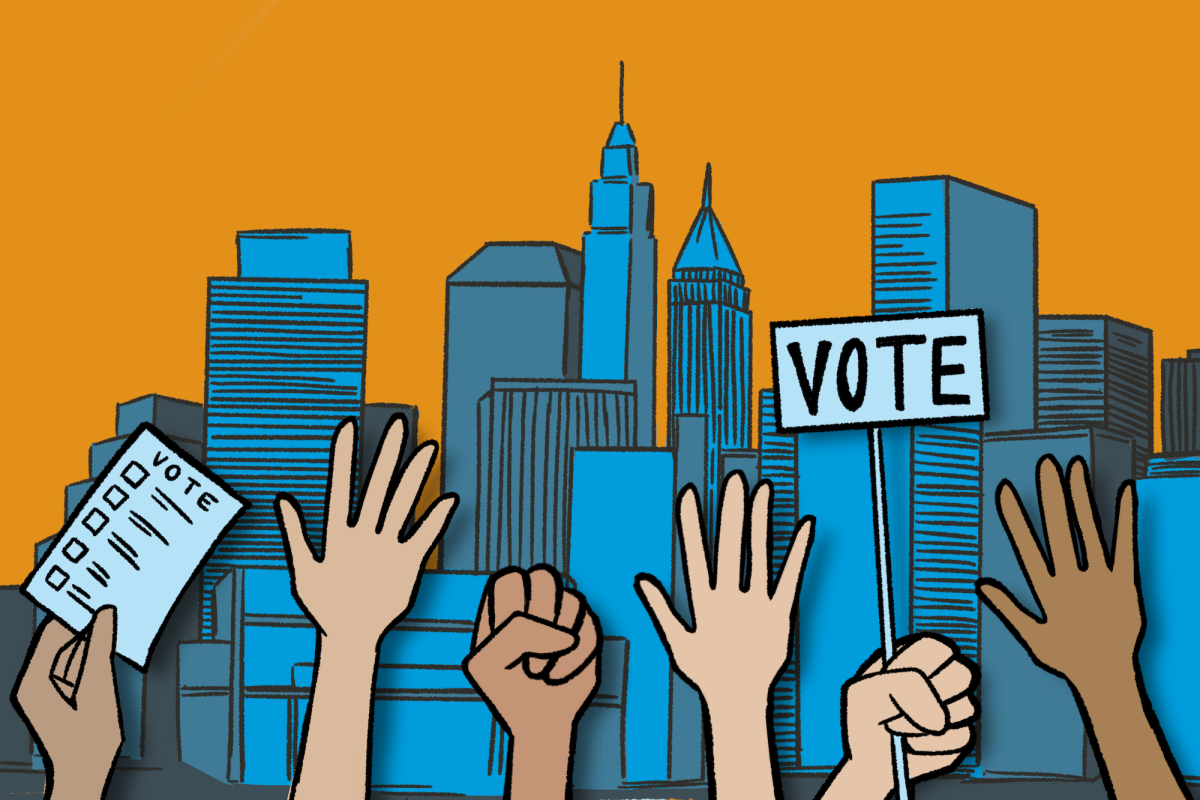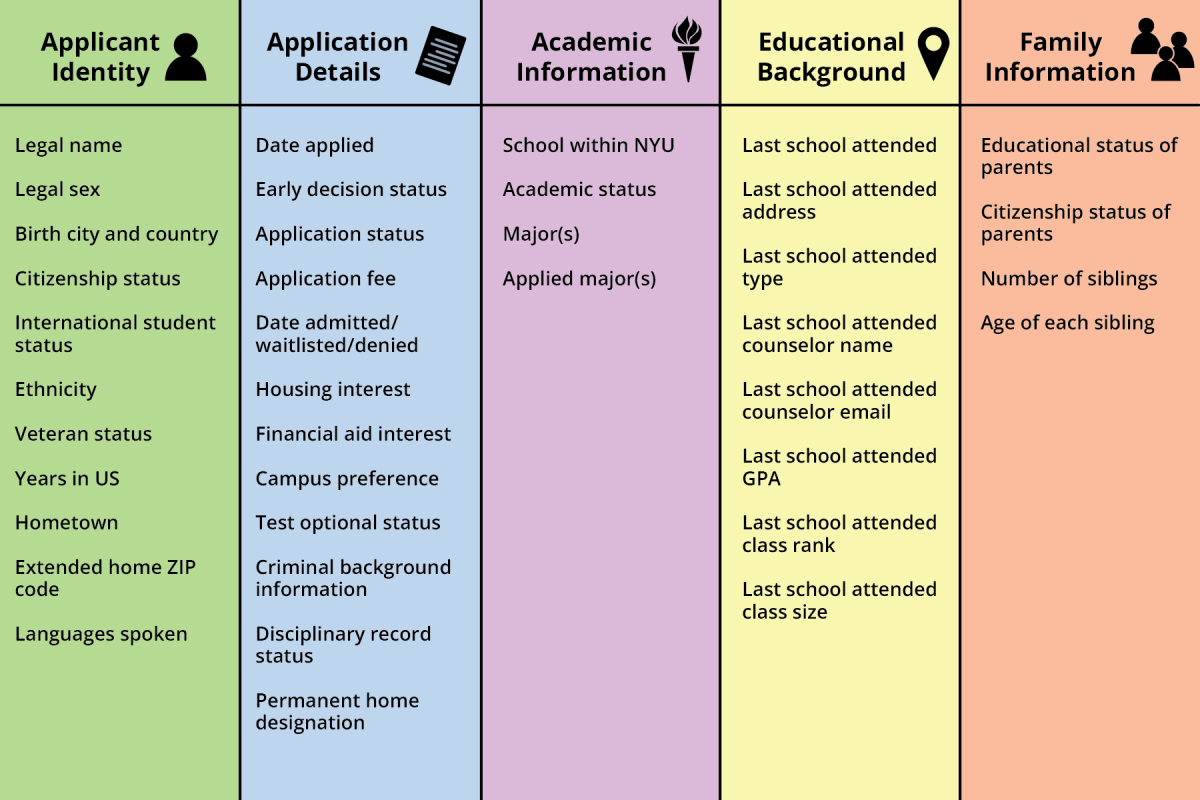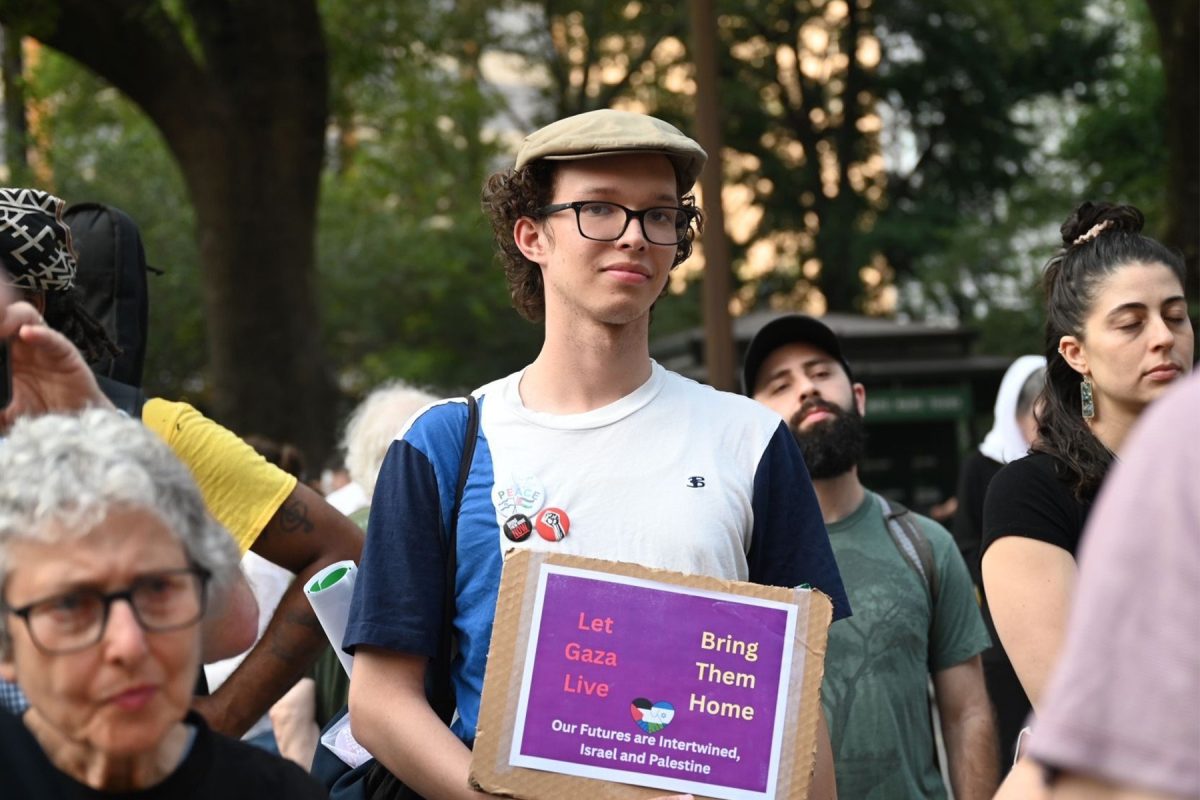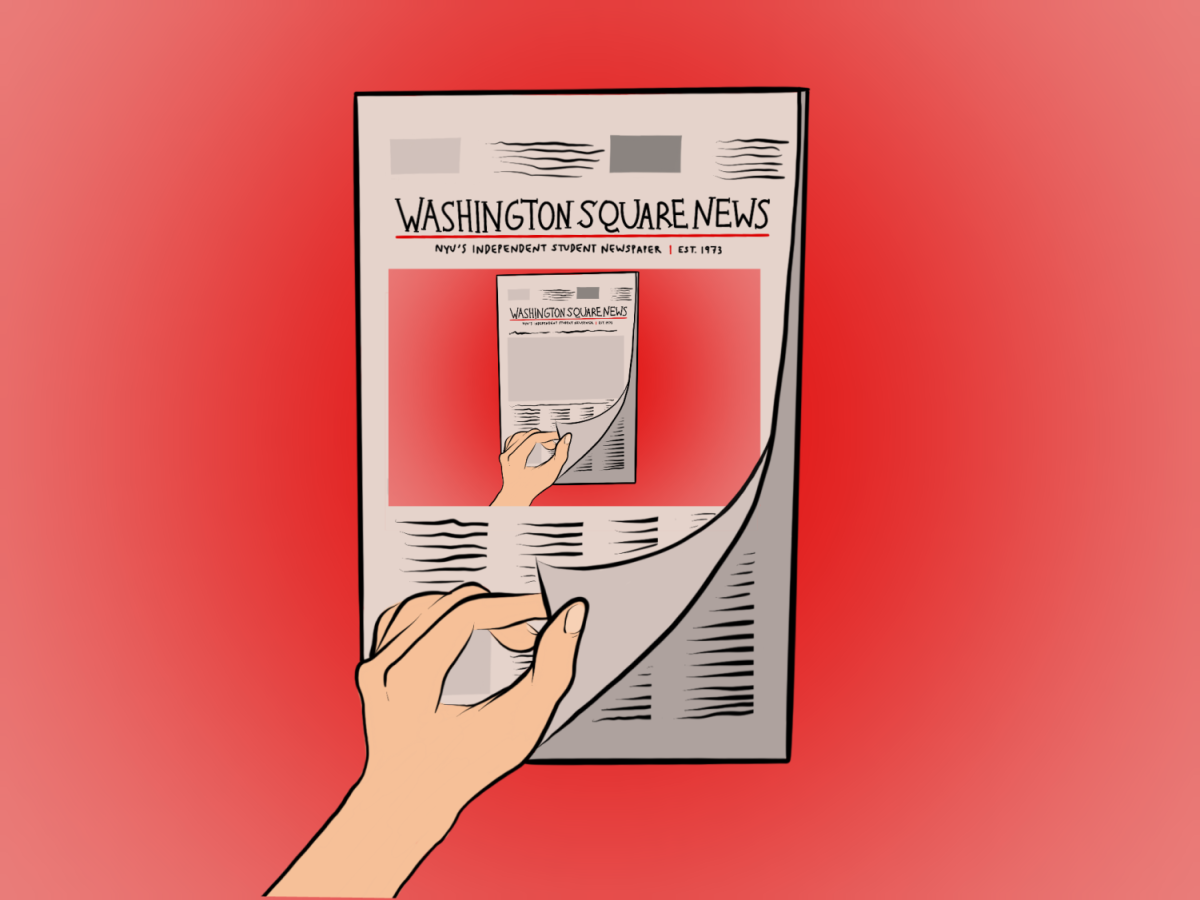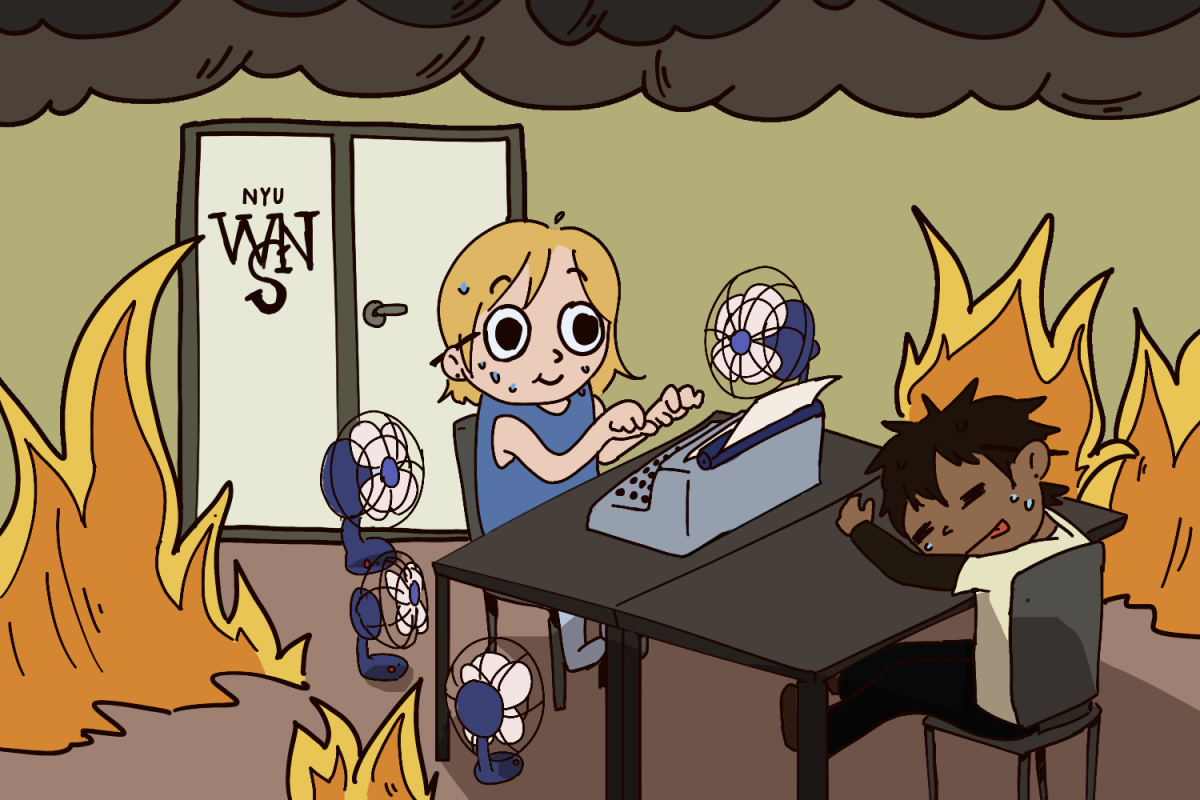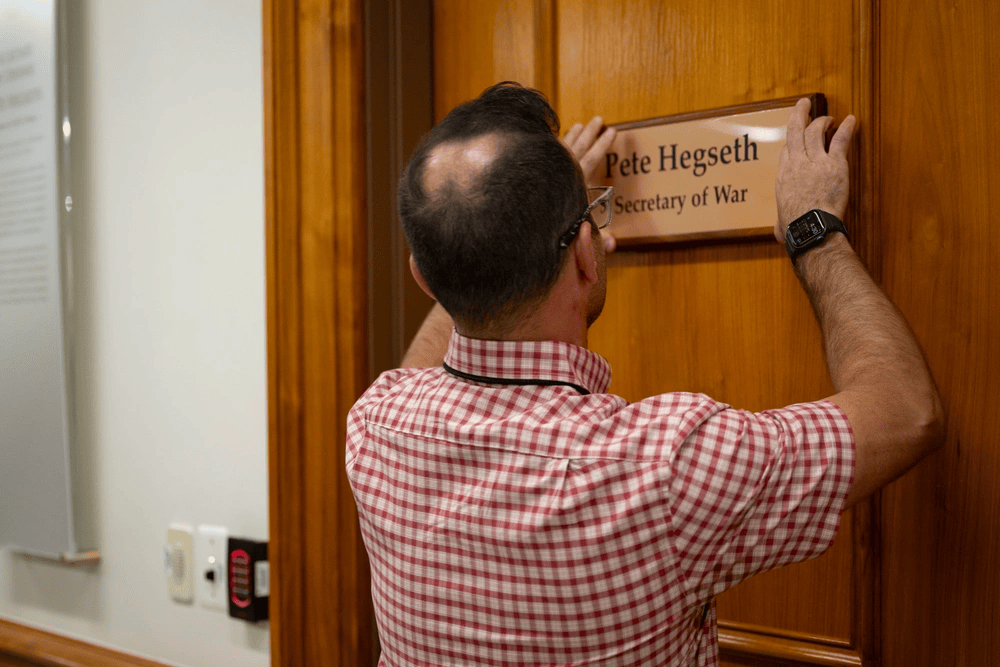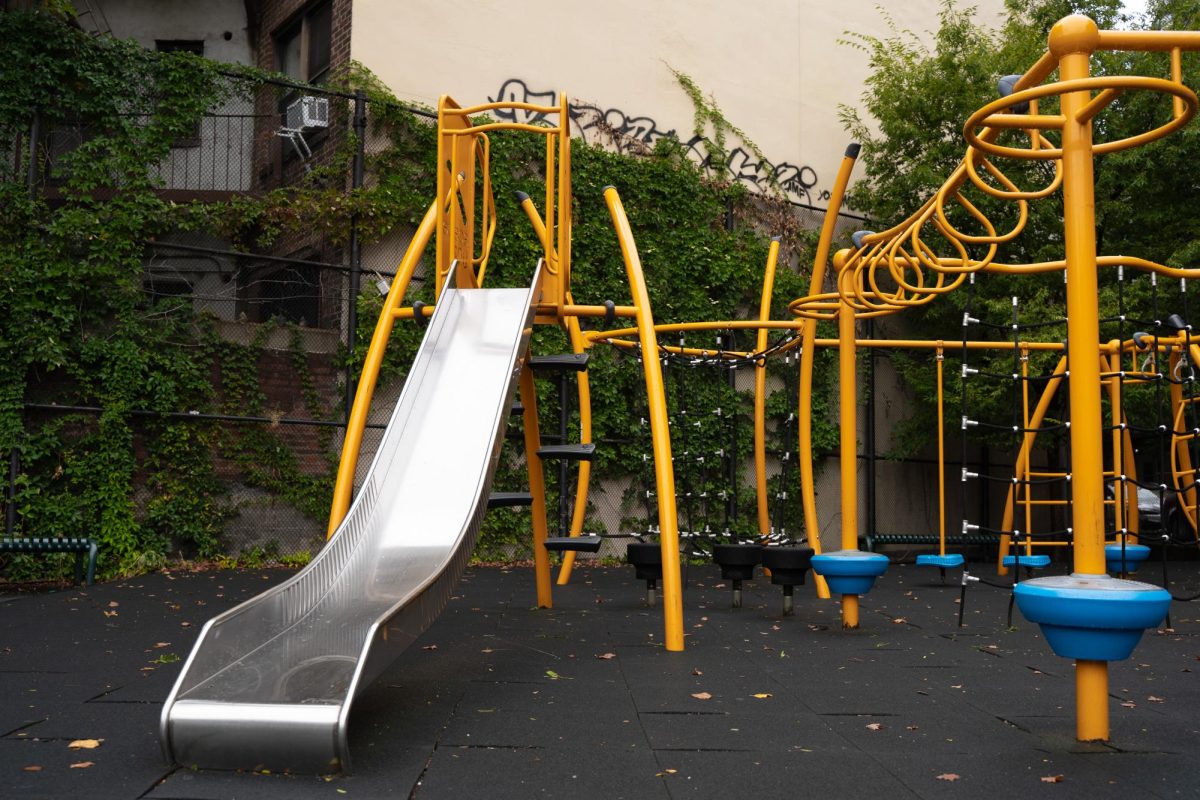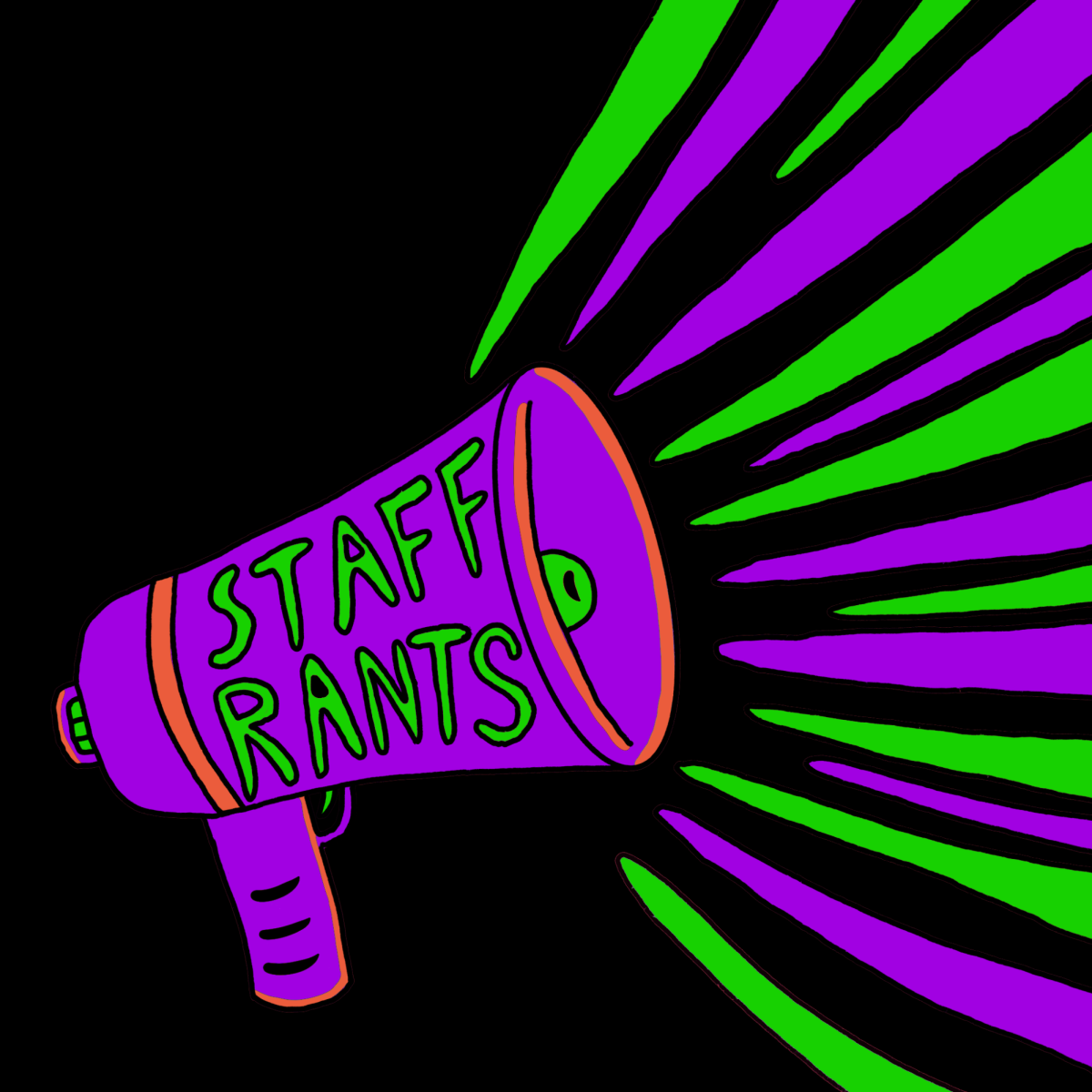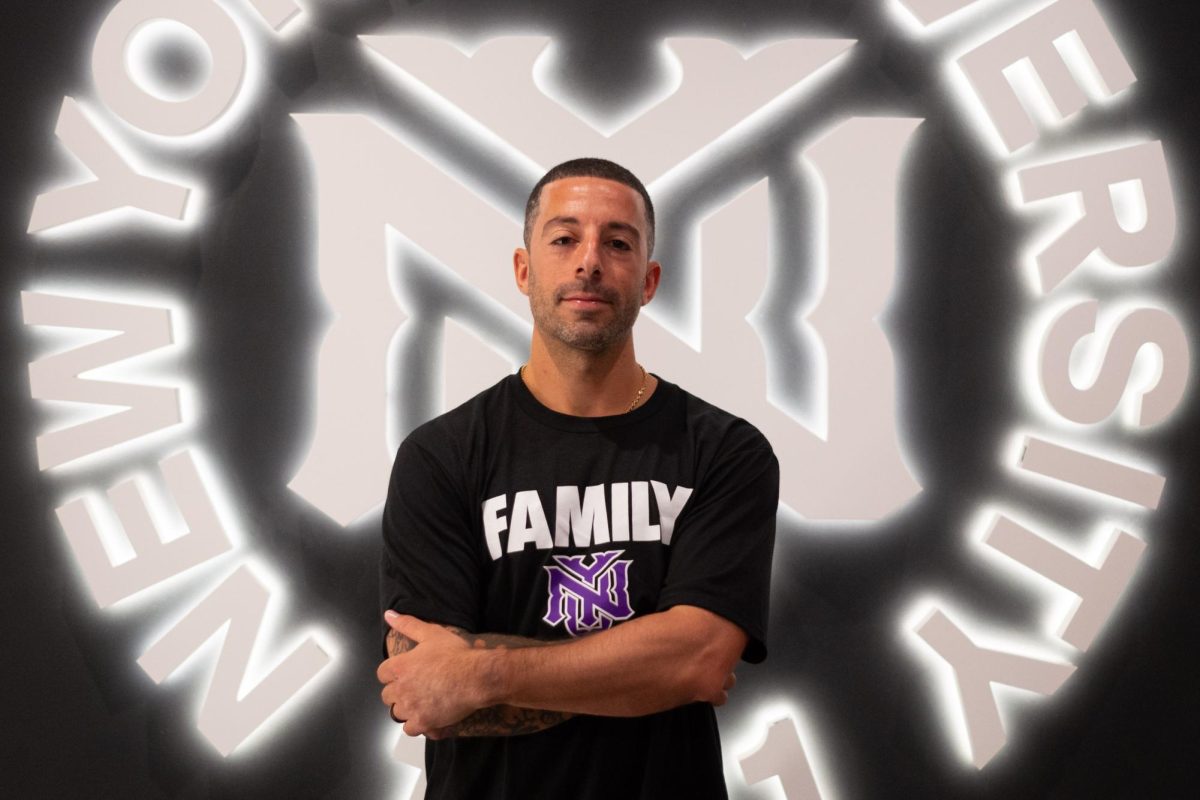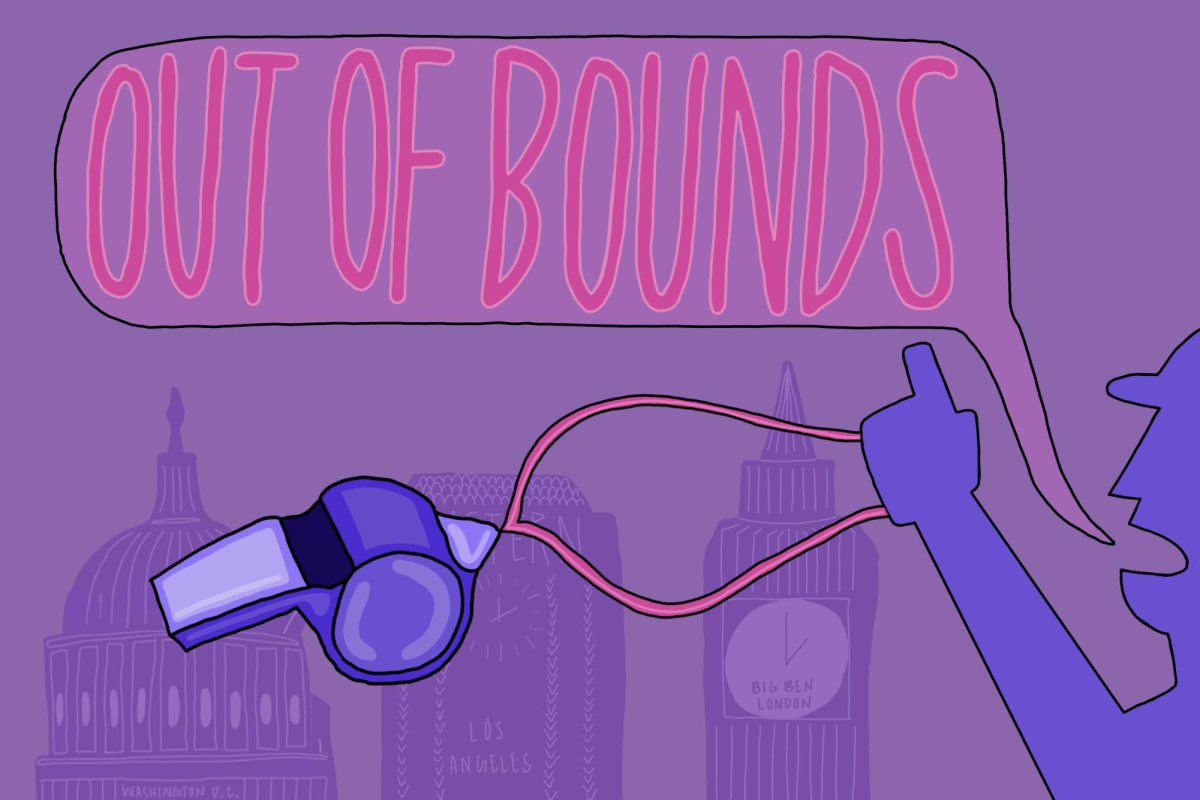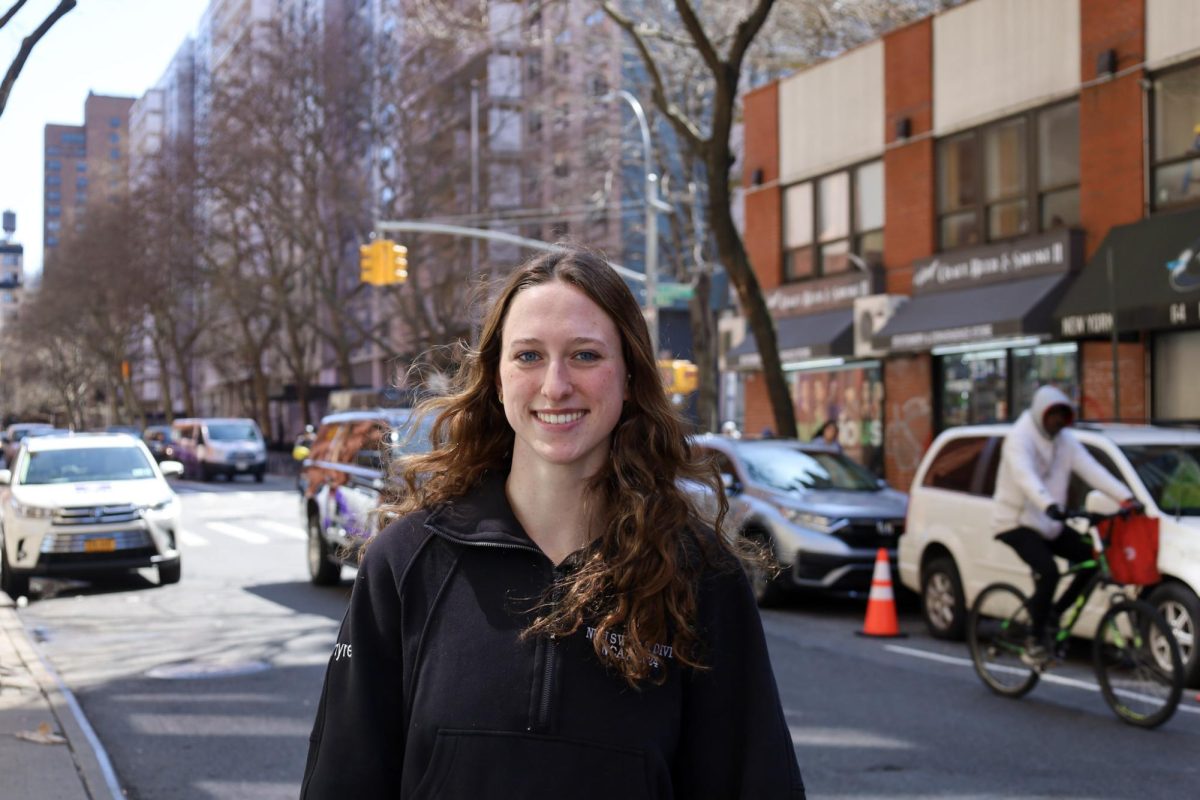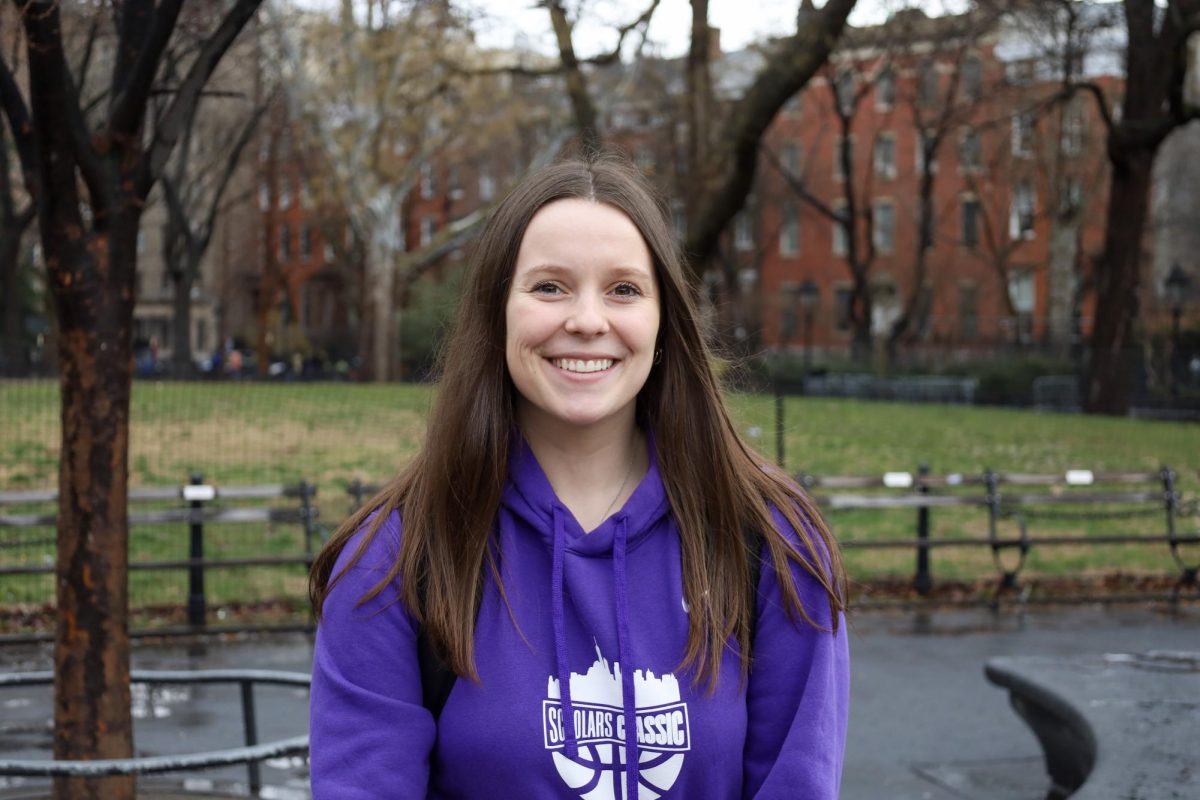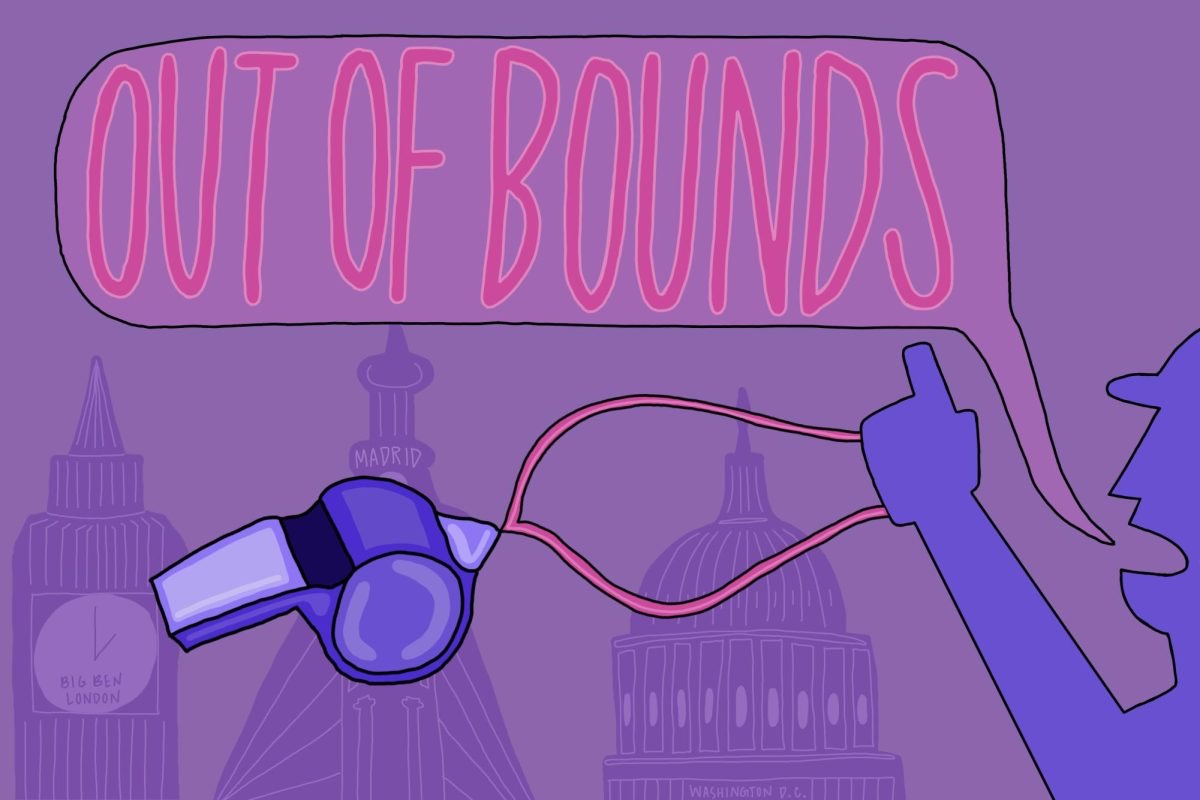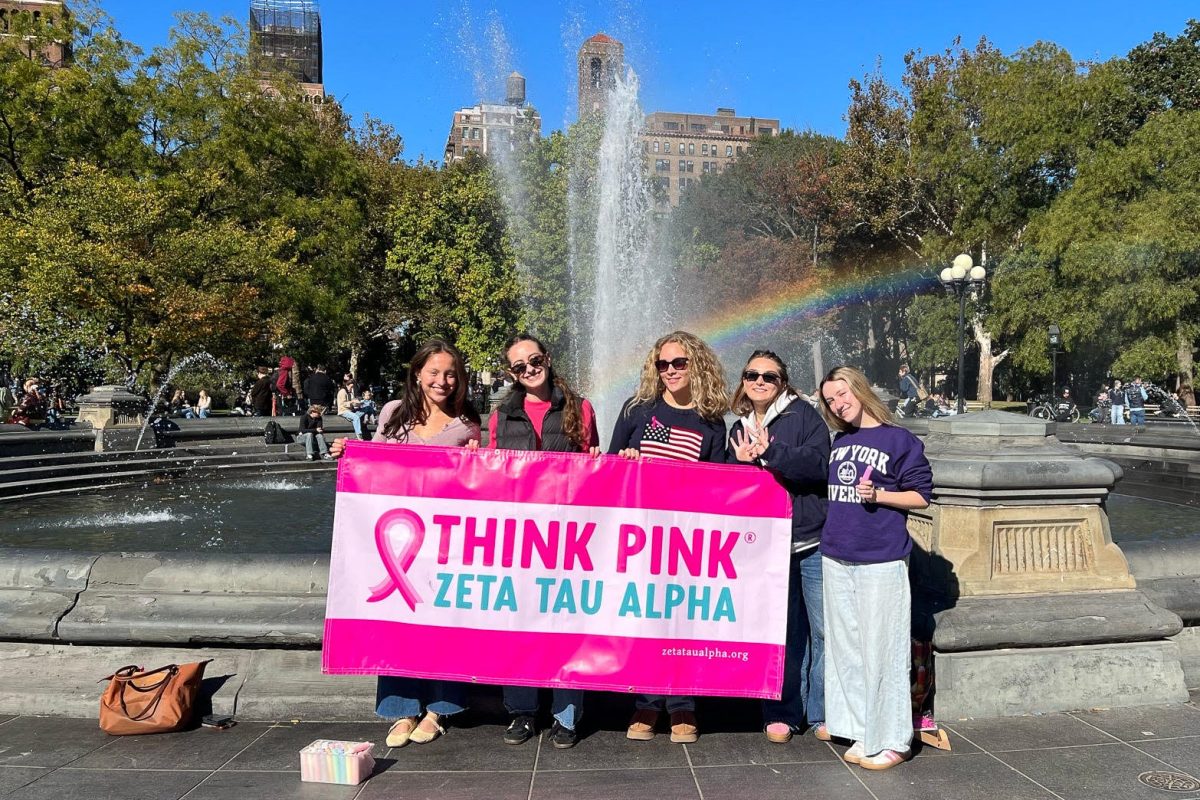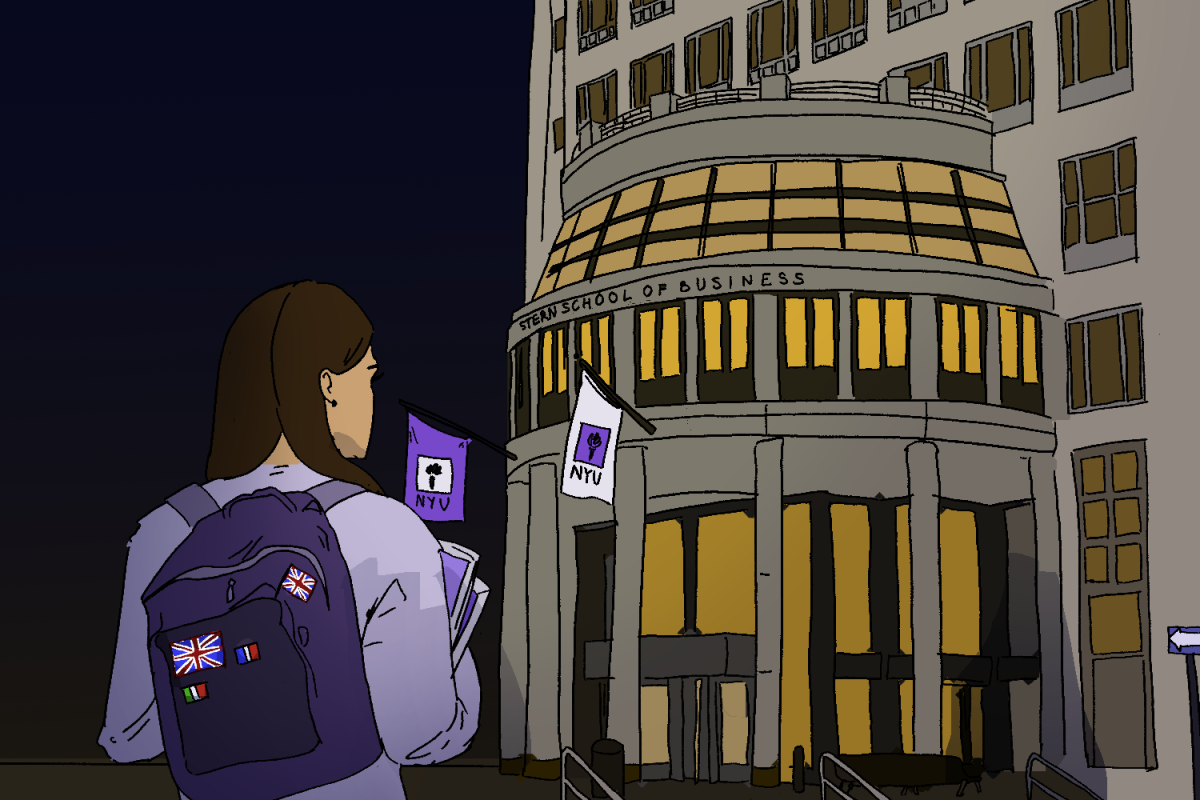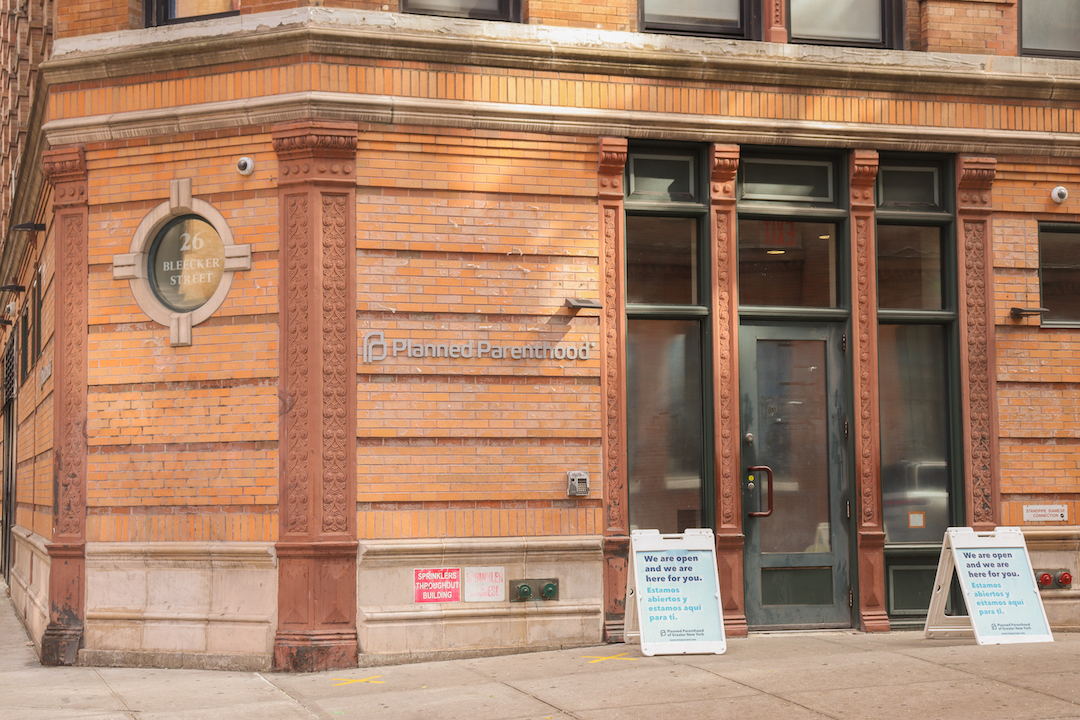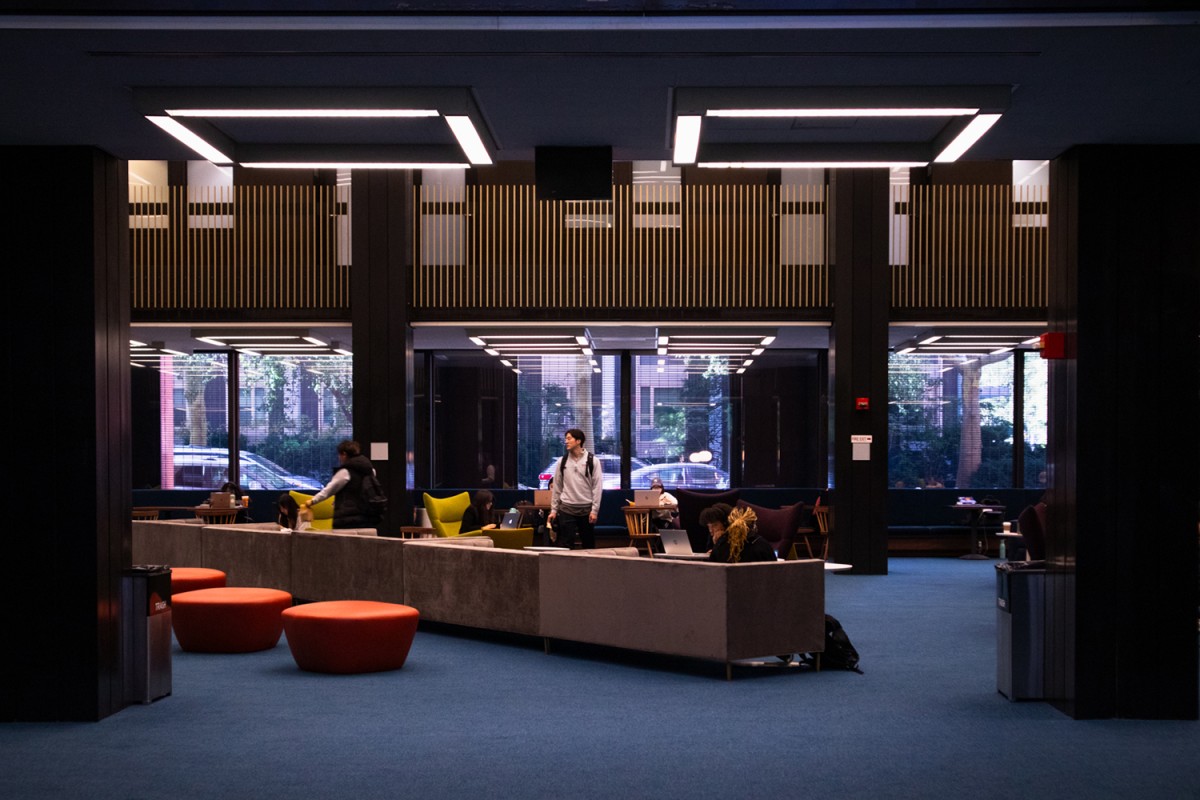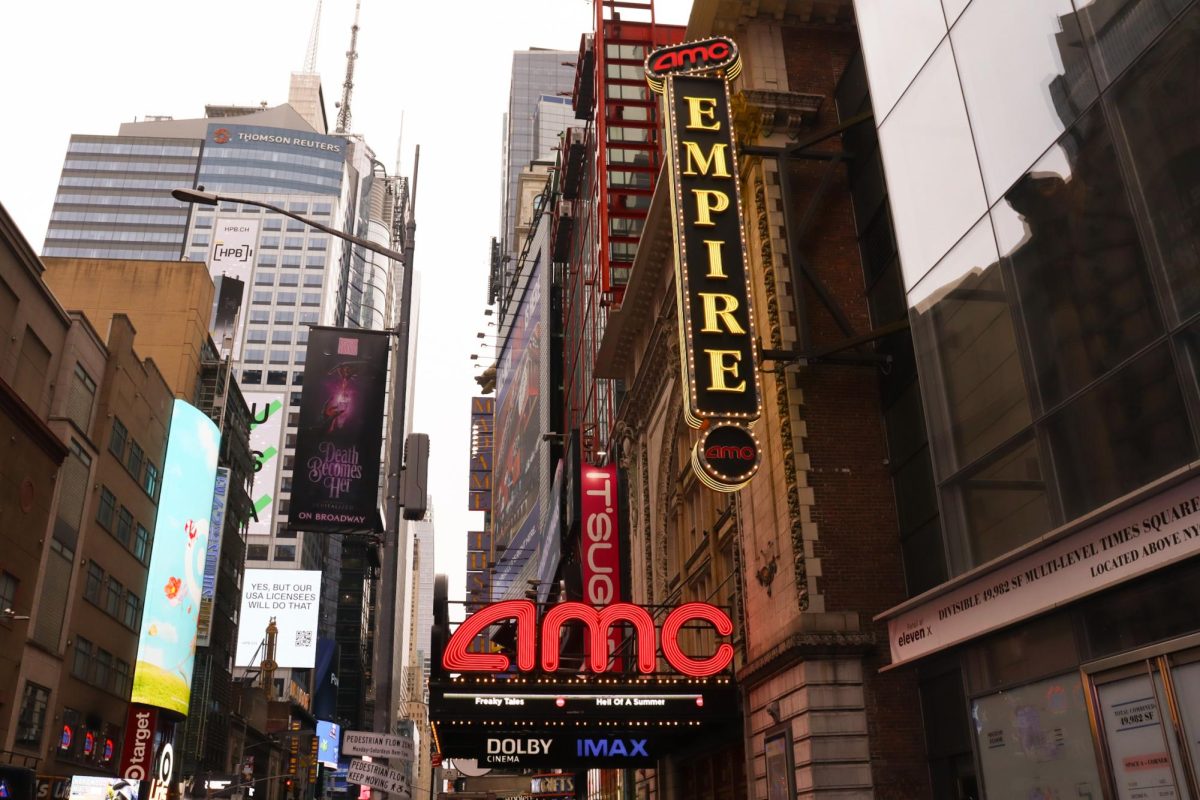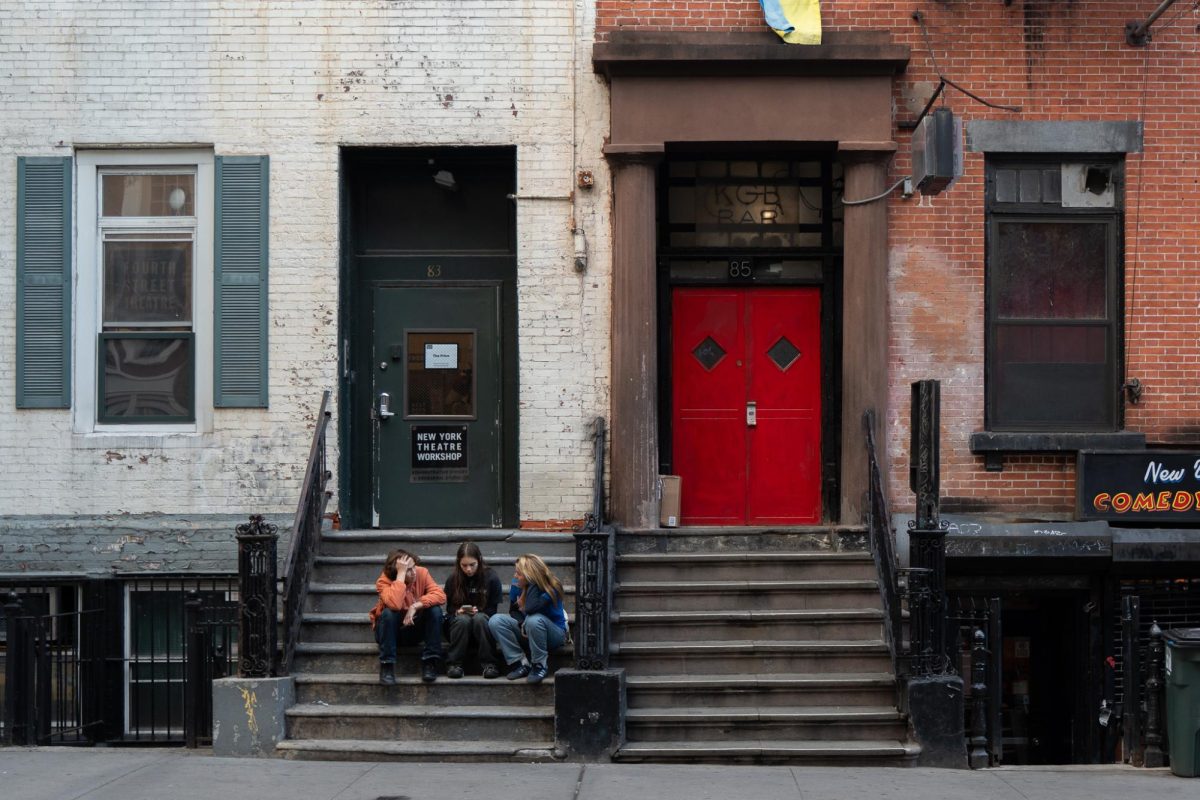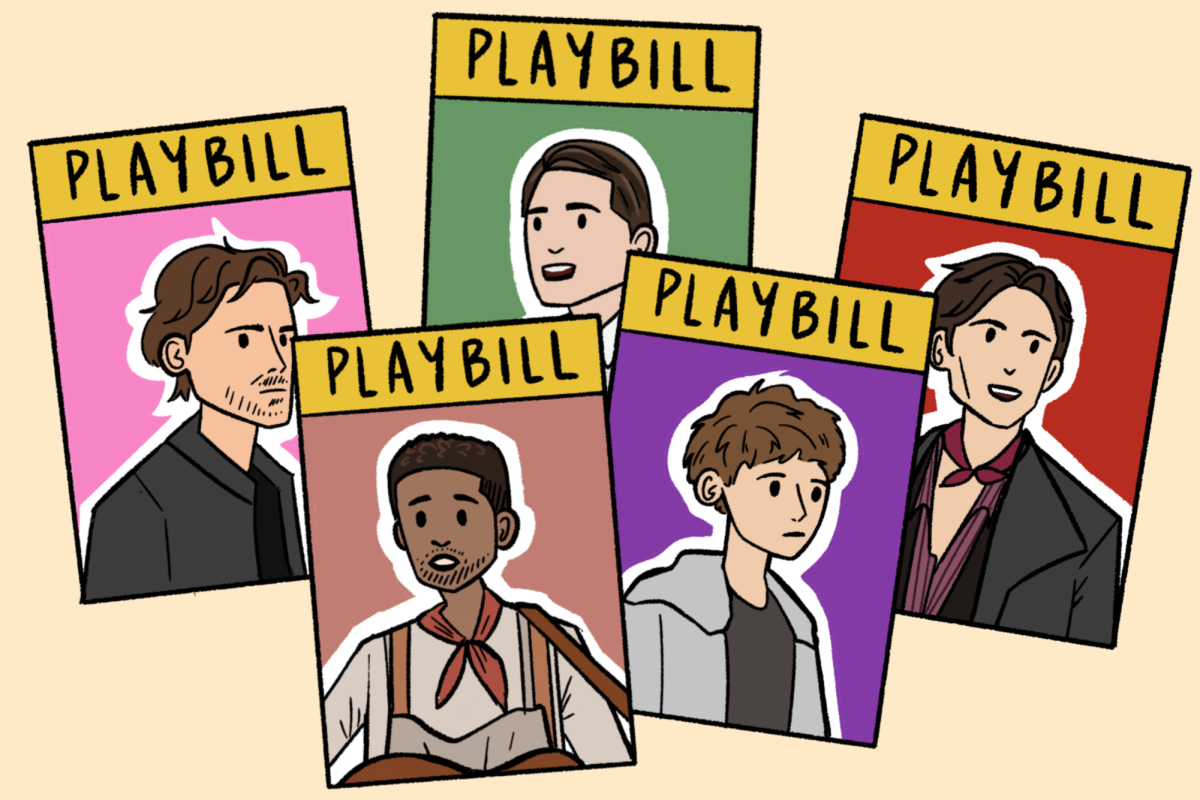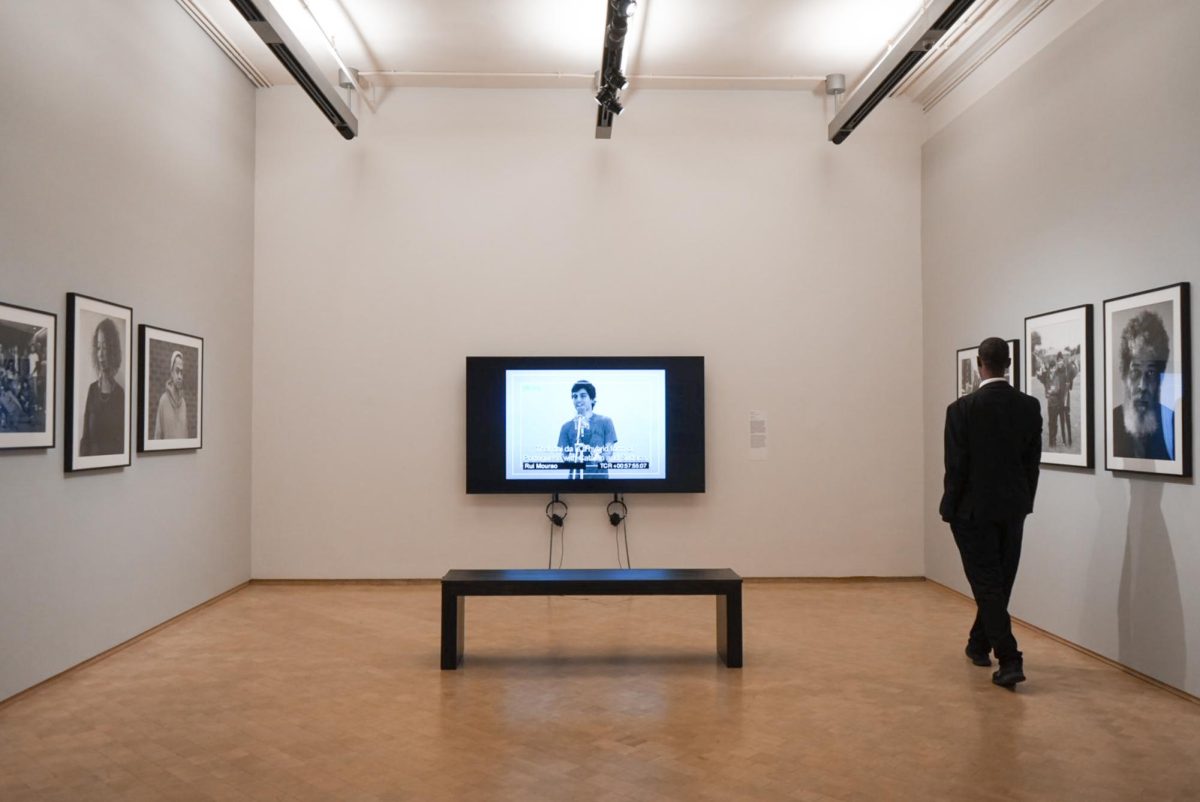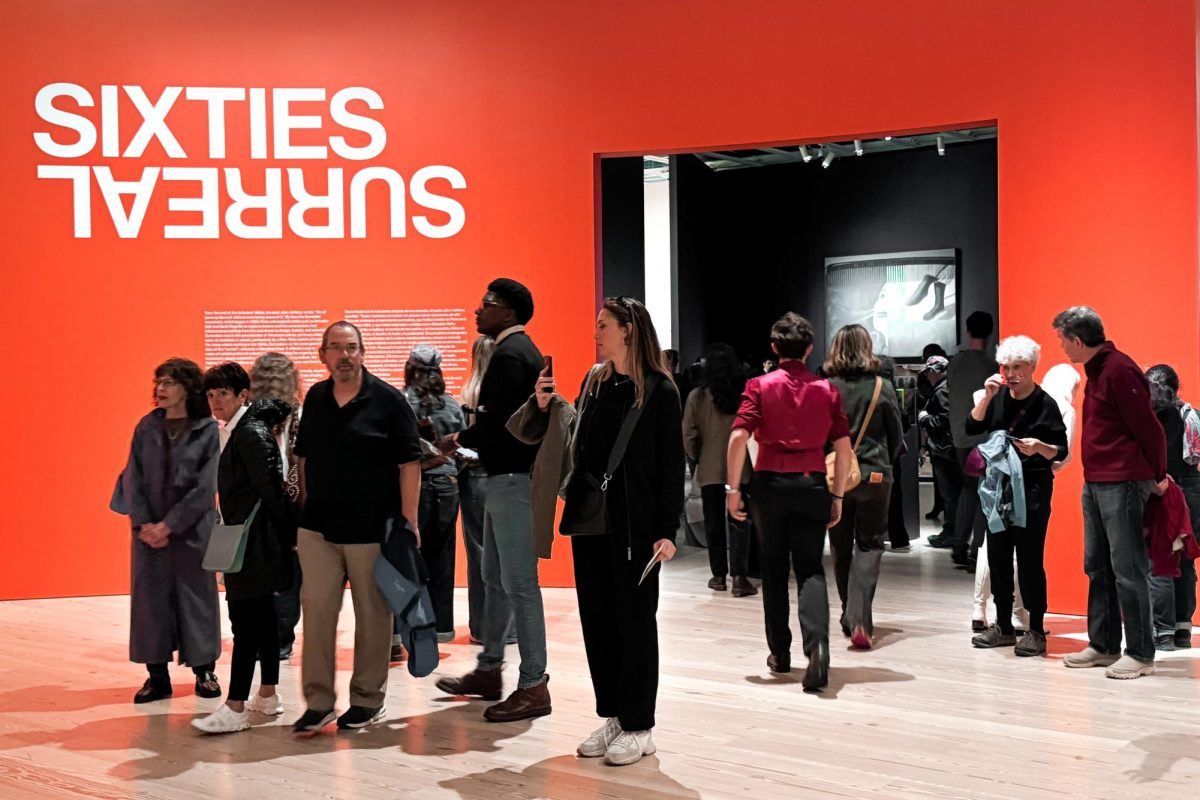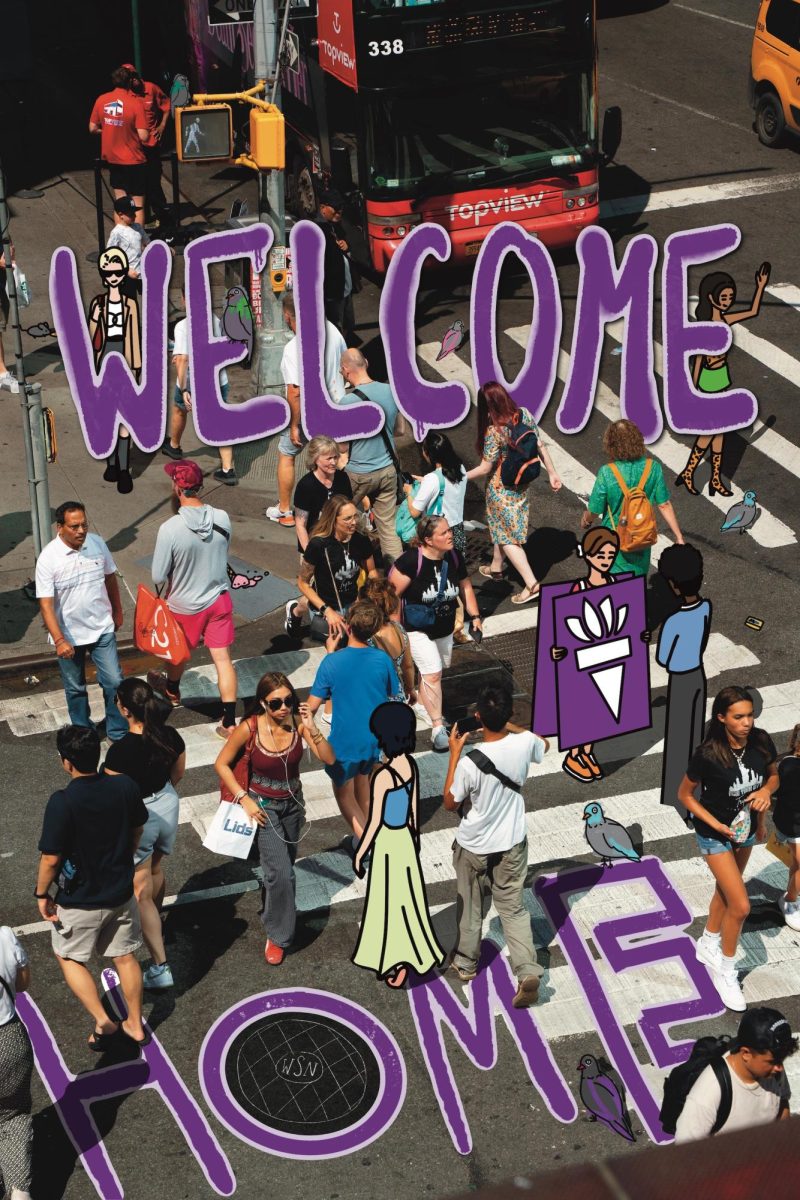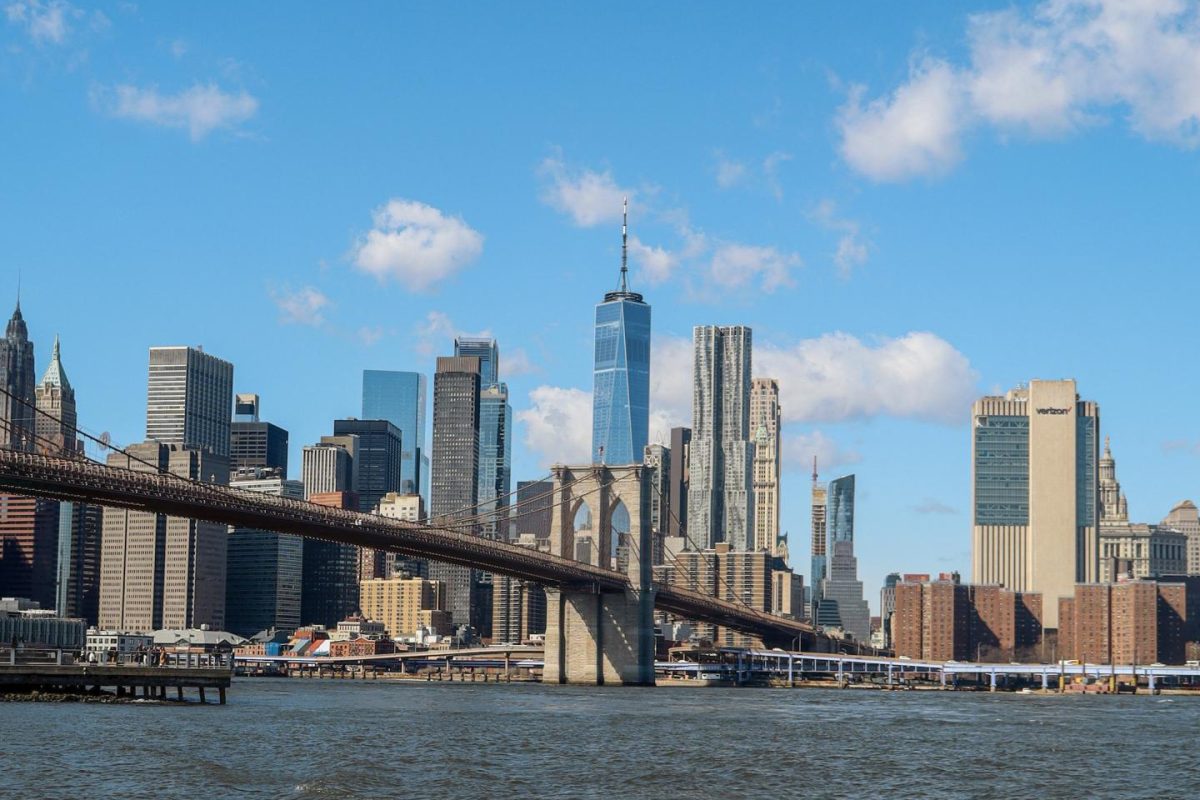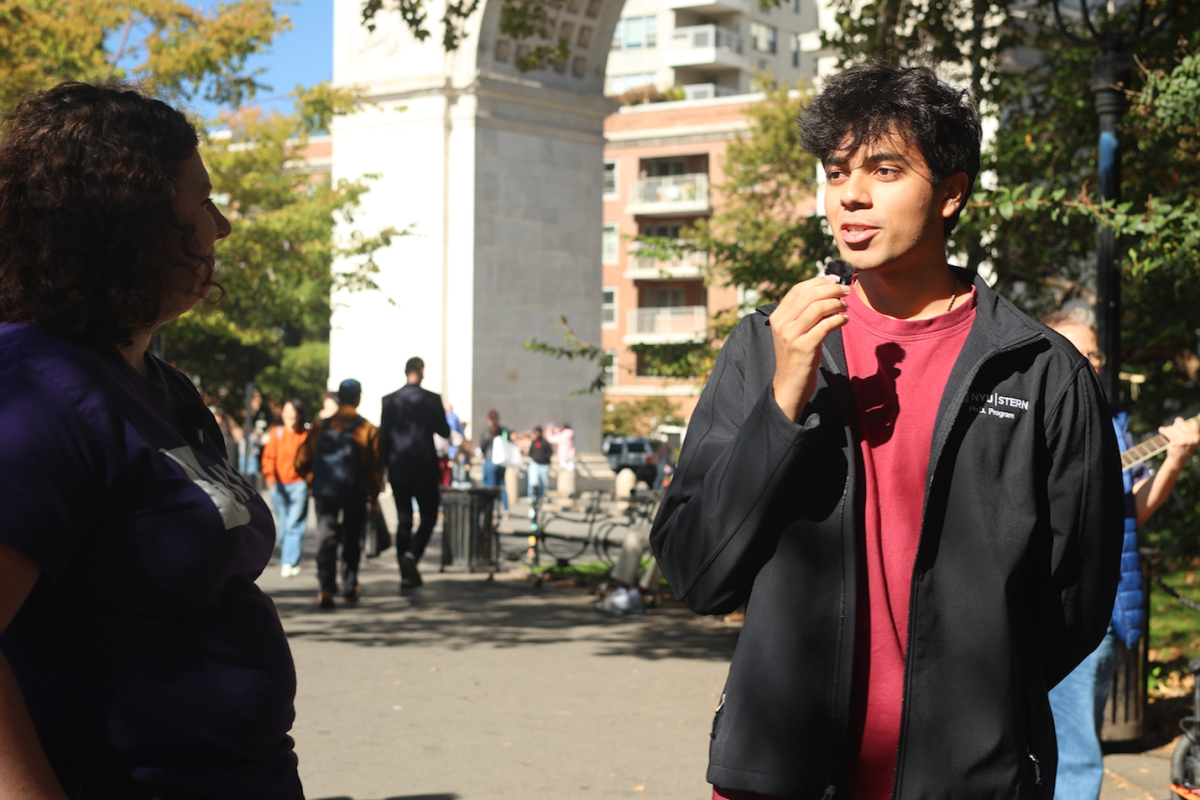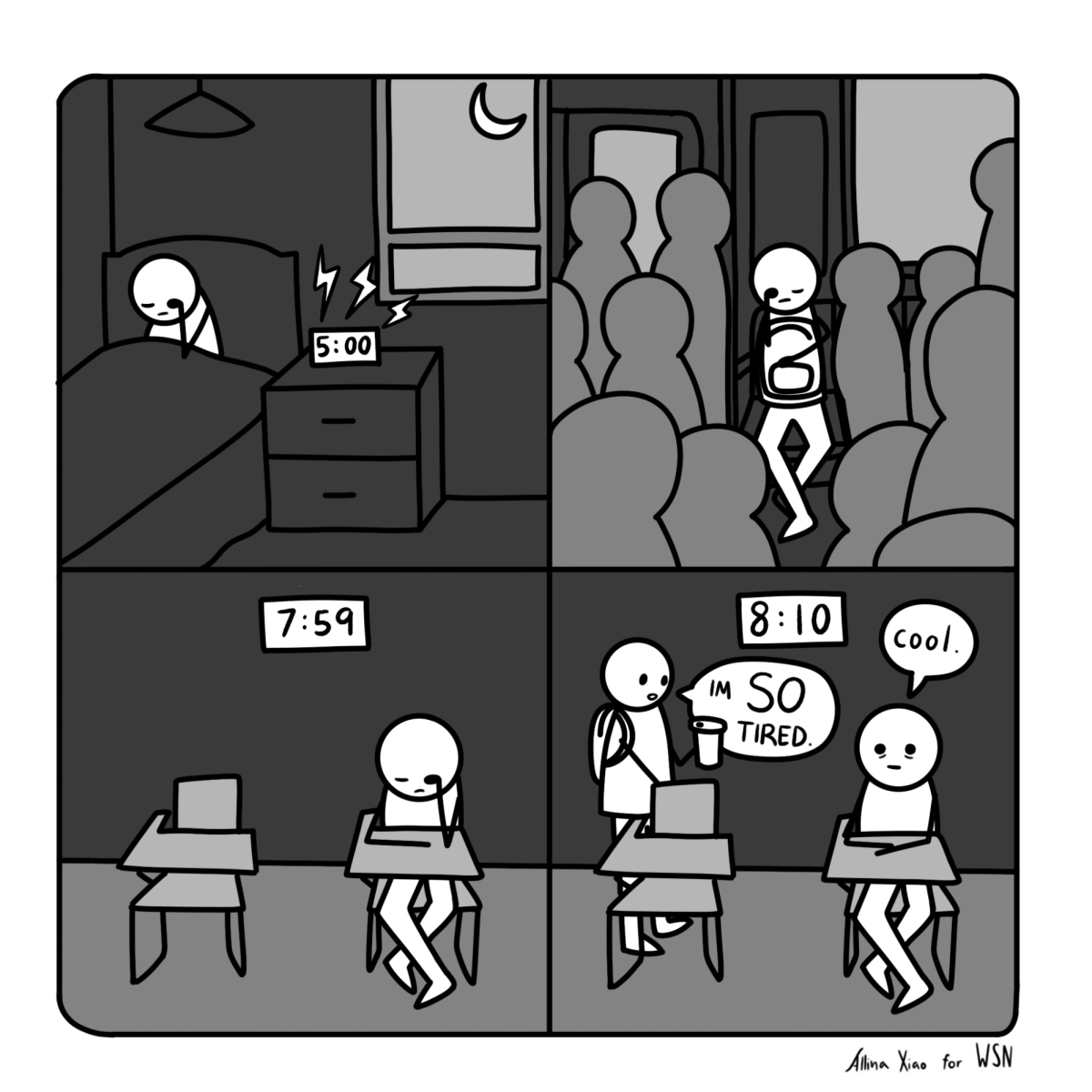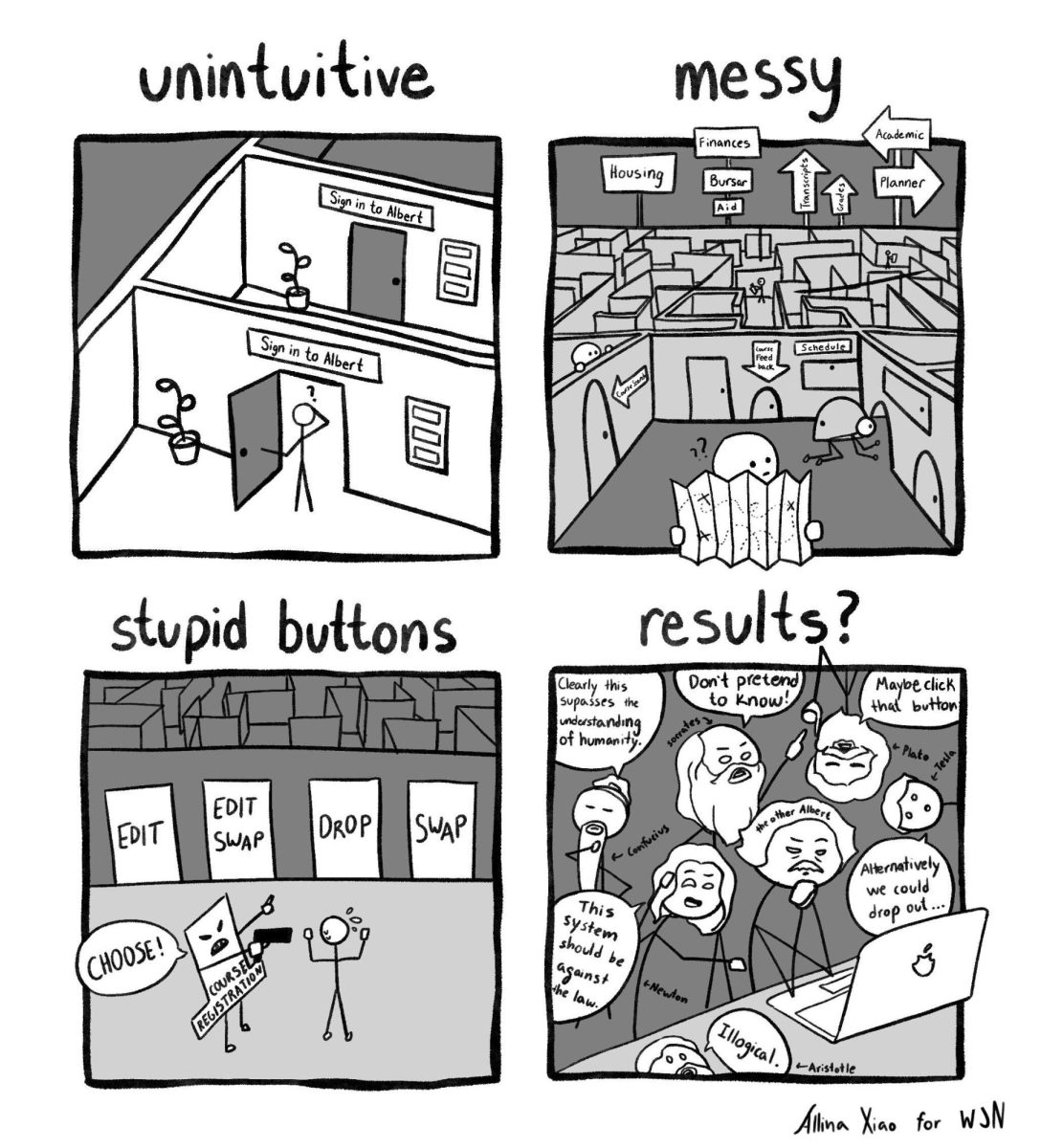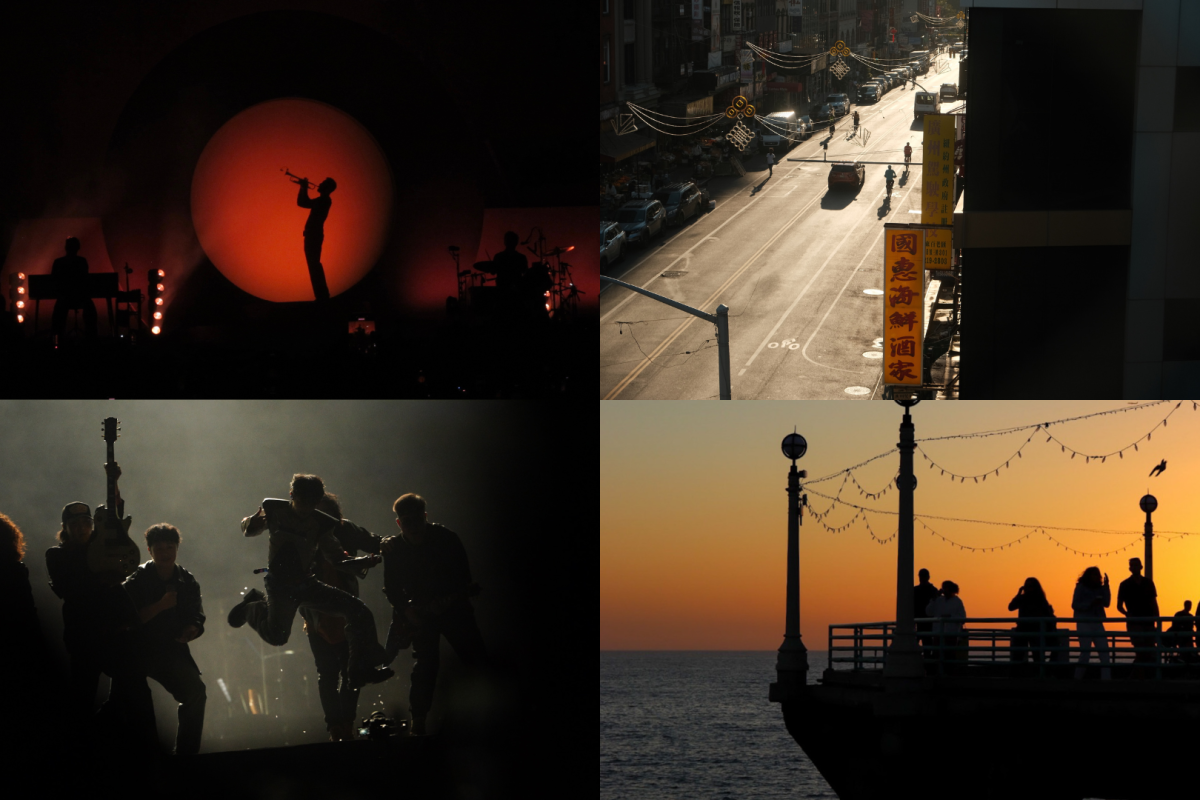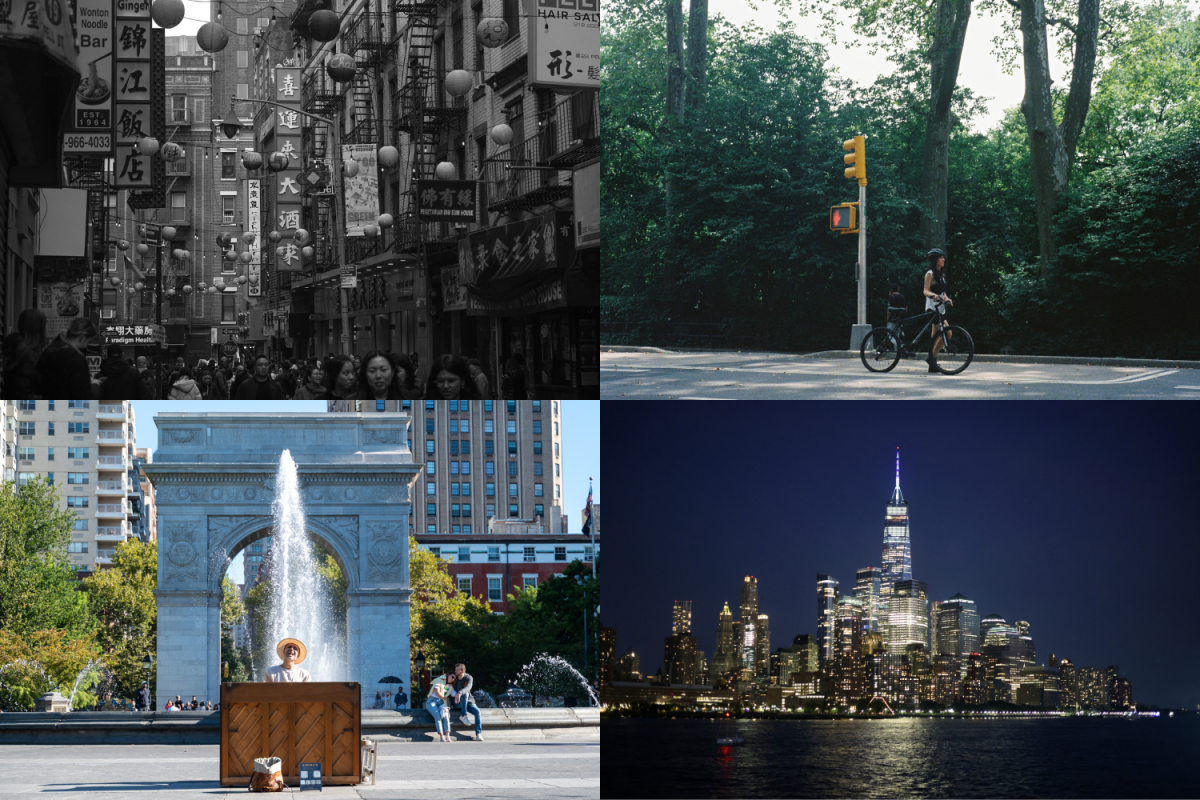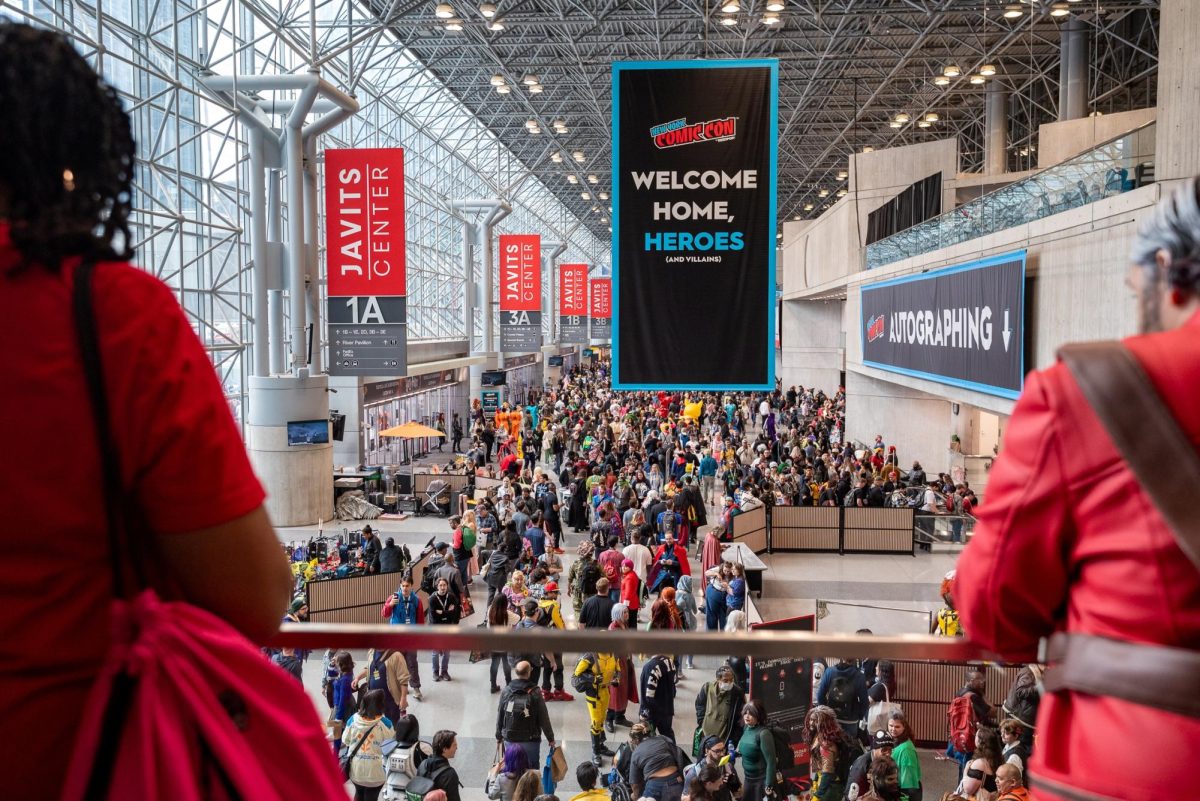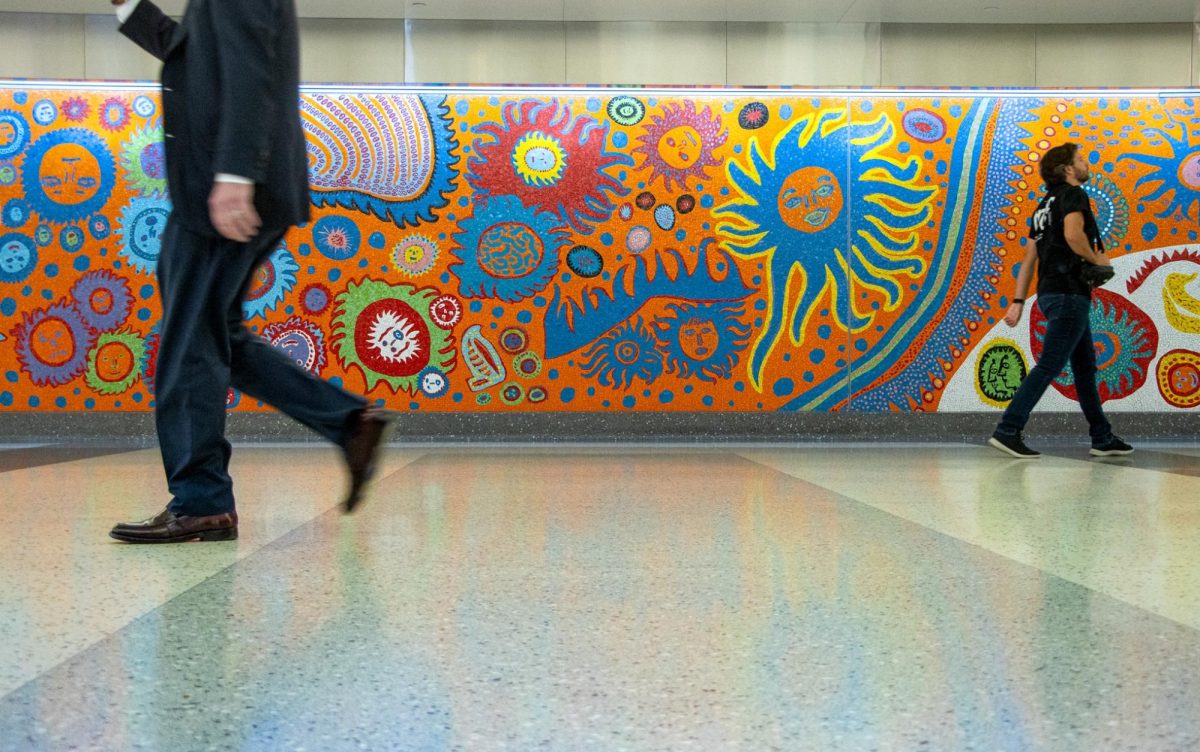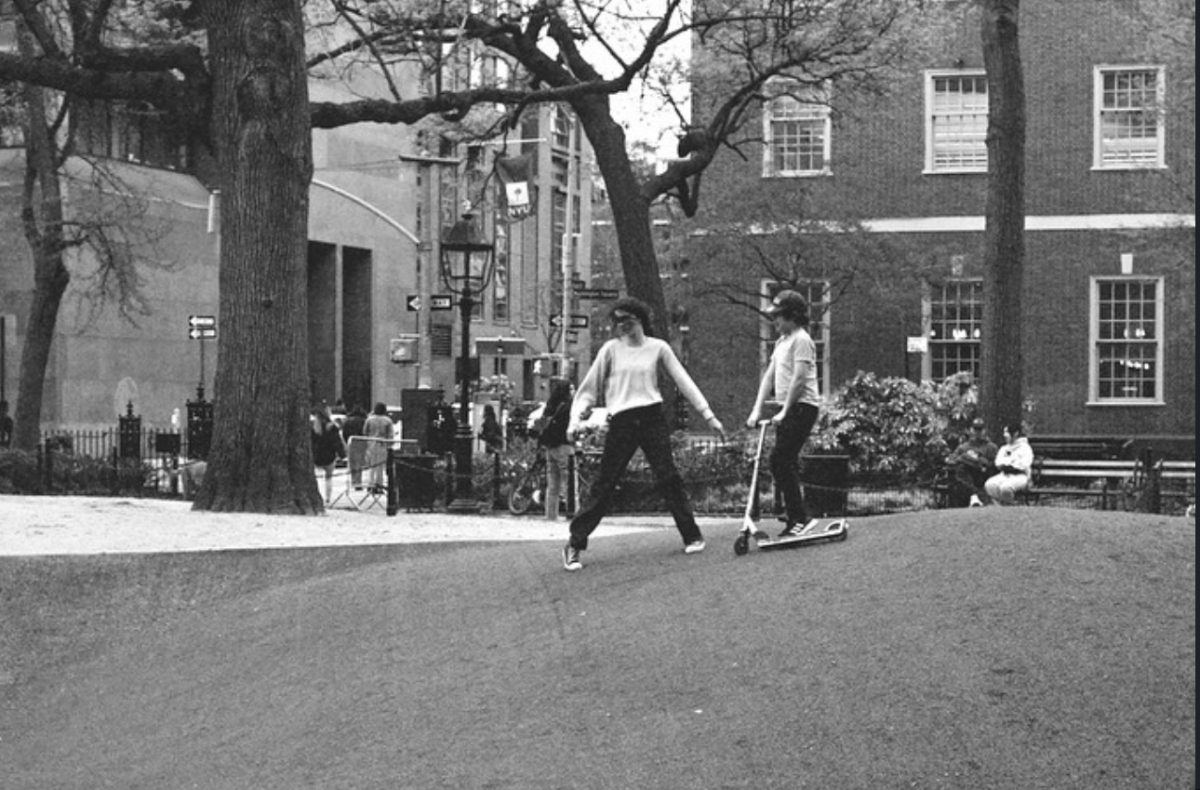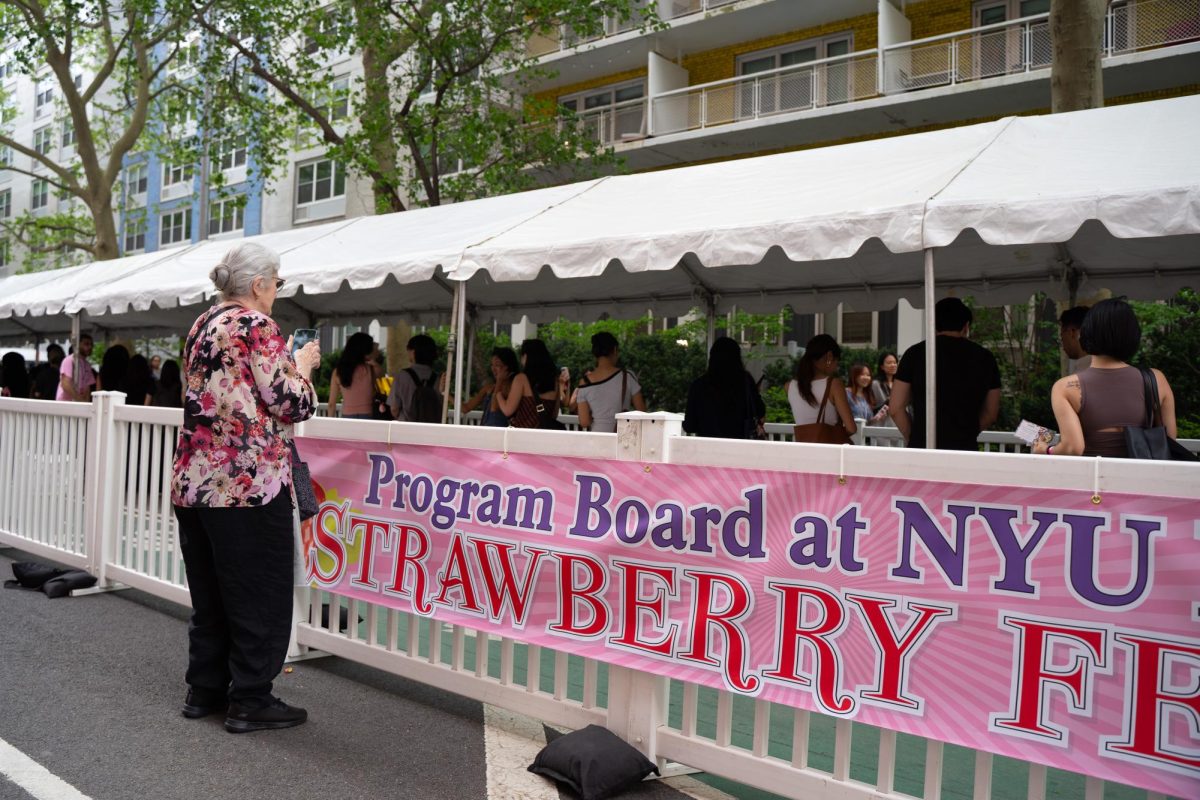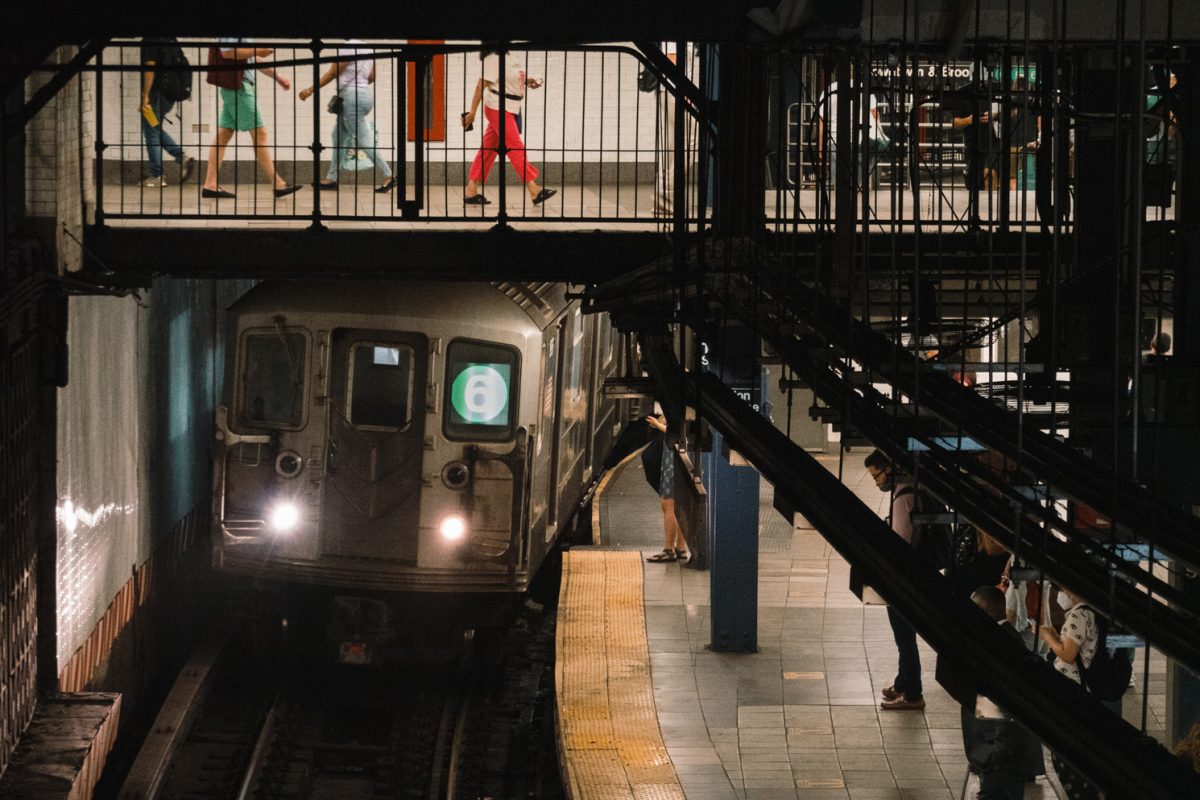Nearly 1 in 6 New York City residents have a disability, and for many, the subway system remains a source of exclusion rather than access. As of January, 336 subway stations in New York City, or 72%, are not accessible, meaning they do not have an elevator or ramp to enter through. This not only discriminates against disabled individuals, but also makes transportation harder for the elderly and those with strollers and luggage.
Many of the 136 stations designated accessible by the MTA have inconsistencies: Some stations are only accessible on one side, for specific lines or only during rush hour. If there are elevators, they are often old, dirty and out of order — so much so that the MTA runs a page reporting elevator outages, with an average of 34 a day. Many ramps don’t follow Americans with Disabilities Act guidelines and are too steep for a wheelchair user to push themselves up without help. Wheelchair-accessible entrances are often off to the side with little signage to mark their presence. Cracked sidewalks and tight corners make it hard, or impossible, for wheelchair users to get around. Large poles are placed in the center of subway cars and 7-inch vertical gaps between the platform and the subway leave little room for wheelchair users to maneuver. A lack of benches at stations — which have been removed to prevent homeless people from sleeping there — does not allow people a place to rest in between trains.
Since the 1970s, disability rights activists have filed several class action lawsuits over the inaccessible subway stations in New York City. An audit done by New York City Comptroller Scott Stringer found that the MTA did not perform all scheduled preventive maintenance on nearly 80% of the sampled escalators and elevators, and that one-third of the MTA’s scheduled preventive maintenance assignments in the sample were completed late — if at all. Despite settlements mandating subways and stations to be in accordance with ADA guidelines, the MTA has sidestepped such requirements through loopholes and delays. In fact, refurbished stations as recent as 2013 still do not include elevators and ramps open to the public.
In an effort to avoid creating accessible subway stations, the MTA has invested in making buses more accessible and creating the Access-A-Ride service, which provides door-to-door transportation service to disabled New Yorkers by bus. But these services are expensive, have high barriers to entry, and are riddled with issues from long wait times to constant breakdowns and delays. To even use AAR, applicants must go through a rigorous process, which includes an in-person physical assessment, to receive full, conditional or temporary eligibility. While AAR customers must schedule pickups at least 24 hours in advance, pay the exact fare and are limited by the number of bags allowed on board, drivers may arrive up to 30 minutes after scheduled pickup time without being considered late. The service is known for hours-long waits and delays, as well as tens of thousands of stranded passengers.
At the current rate of new elevator installation, New York City’s subway stations will not be fully accessible until the year 2100. Chicago Transit Authority, in contrast, has given itself 20 years to become 100% accessible. Until the city can make it so that elevators provide equivalent access to stations and platforms as stairs, including ease of use and location, the MTA should ensure that all maintenance and repairs are conducted promptly by overhauling current practices or outsourcing elevator repairs to a private company.
For those with visual, auditory and cognitive disabilities, the MTA should install colored wayfinding strips along with tactile guideway strips in all stations, as well as add captions on screens and install Induction Loop Technology throughout. Equally important, New York City must maintain the current accessibility features, such as tactile paving on edges and headphone jacks on machines.
The MTA must also reorganize its funding to work towards a more accessible subway system. By shaping its Capital Program to support the financial needs of ADA accessibility improvements, New York City can build accessibility into the framework of the 20-Year Needs Assessment. Instead of burdening buses or creating new, expensive systems, it can focus on which stations need immediate attention and larger remodeling. Currently, the Advisory Committee for Transit Accessibility is made up solely of volunteers. New York City should create a permanent office dedicated to accessibility oversight — led by Chief Accessibility Officer Quemuel Arroyo — that includes an internal task force to determine the highest priority stations and enact a new policy that requires all stations to meet full ADA accessibility.
Inaccessible stations not only hinder disabled citizens from getting jobs, going to doctor’s appointments and traveling freely through the city, but also send a message to the community as a whole that they are undeserving of basic transportation. And though disability aids would help everyone — including pregnant people, those with temporary injuries such as a broken leg and the everyday tourist — it’s important to note that disabled people have a right to accommodations regardless of their proximity to able-bodied individuals.
WSN’s Opinion section strives to publish ideas worth discussing. The views presented in the Opinion section are solely the views of the writer.
Contact Sam Kats at [email protected].

